English
Türkçe bölüm için lütfen buraya tıklayın.
Hello everyone!!!
I hope you are well or are trying to be well. Today I am a bit excited because we are going to Gaziantep, a great place not only for Türkiye but also for Europe, Zeugma Mosaic Museum. This is a 3,000 m² museum with almost all mosaics.

I have seen a mosaic museum before, even if not with you, but I felt it for the first time. Yes, I know it sounds strange, but when you walk in the soft lights of this museum and those thousand-year-old eyes (Gypsy Girl) look at you, it gives you chills. And if you consider the size of this place, you can't just visit it. You need to spend a whole day here.
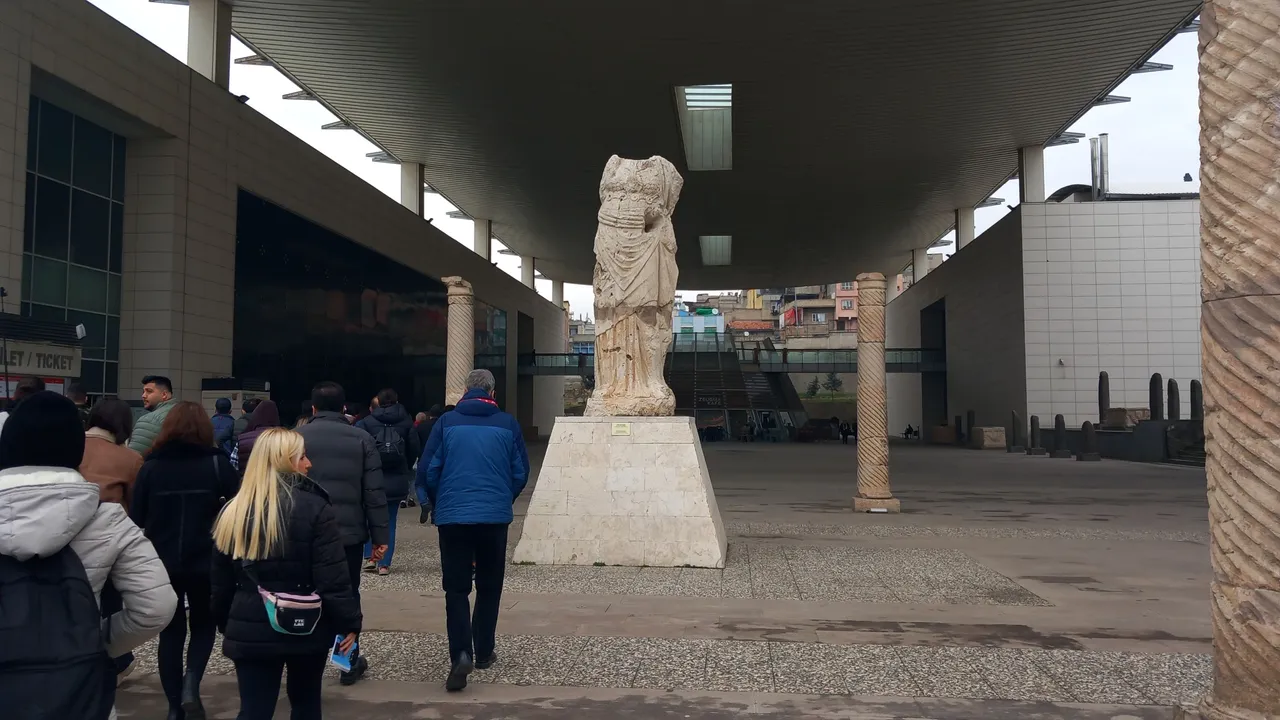
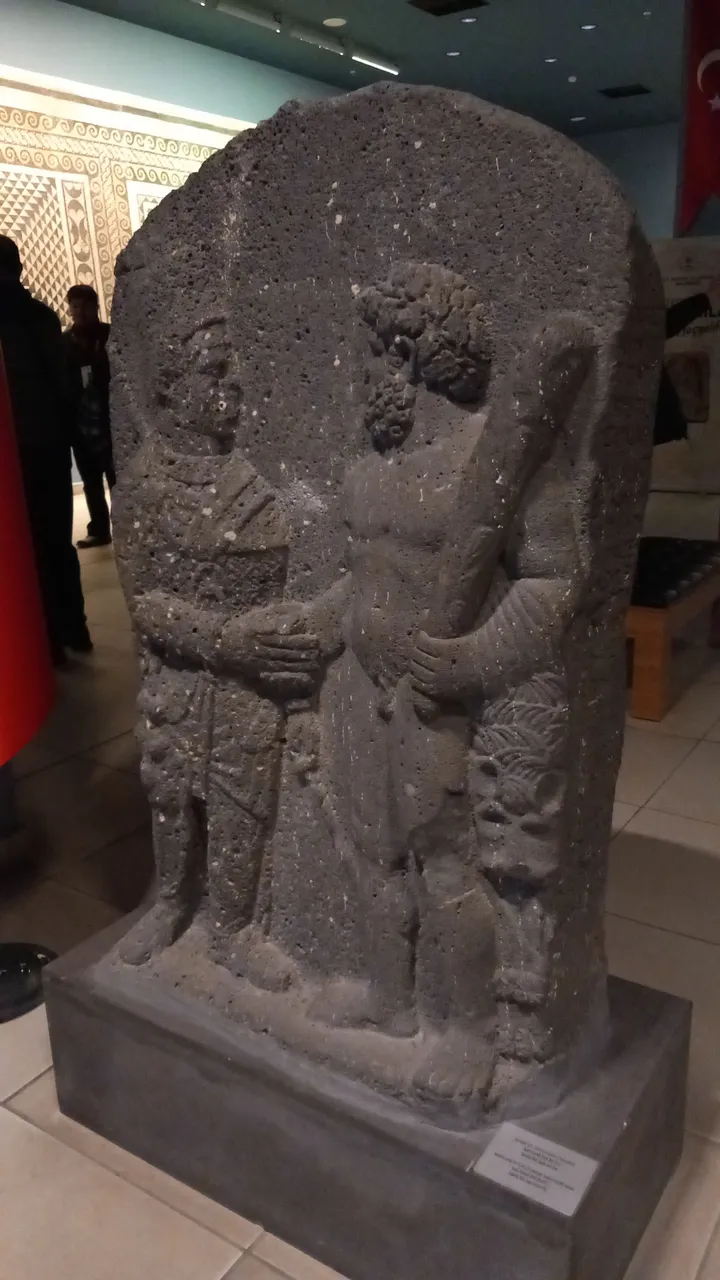
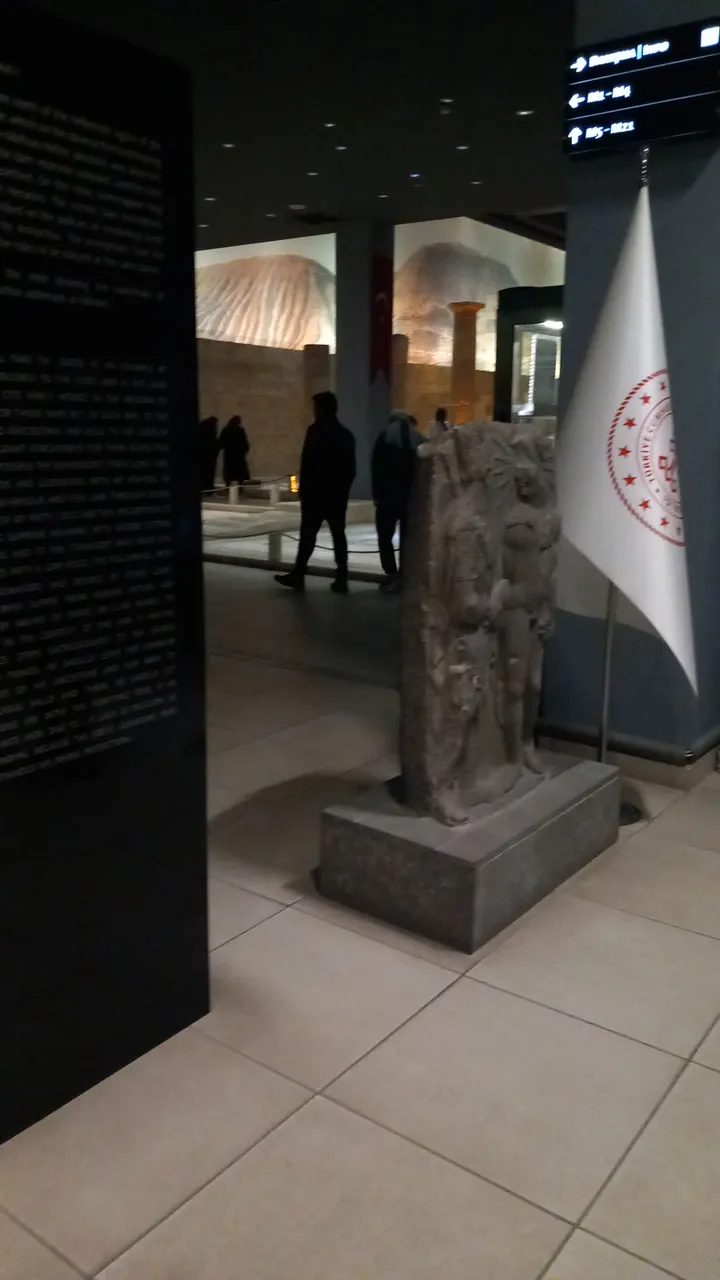

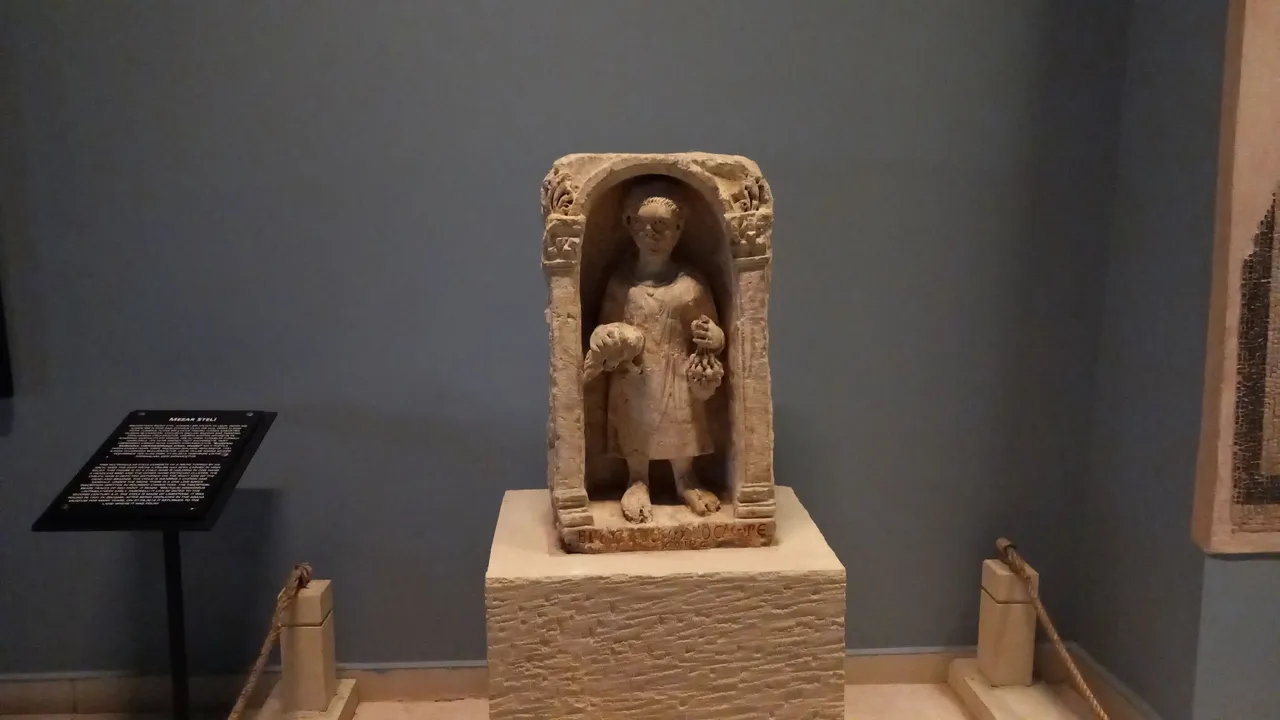
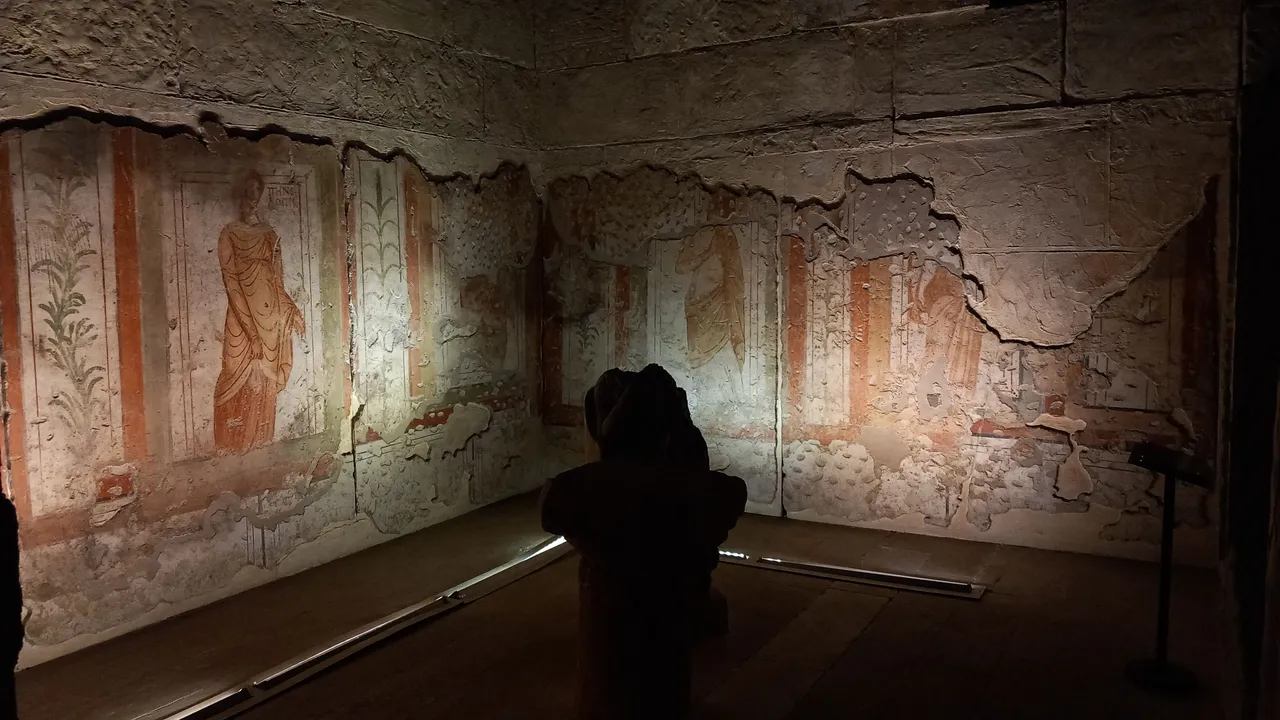
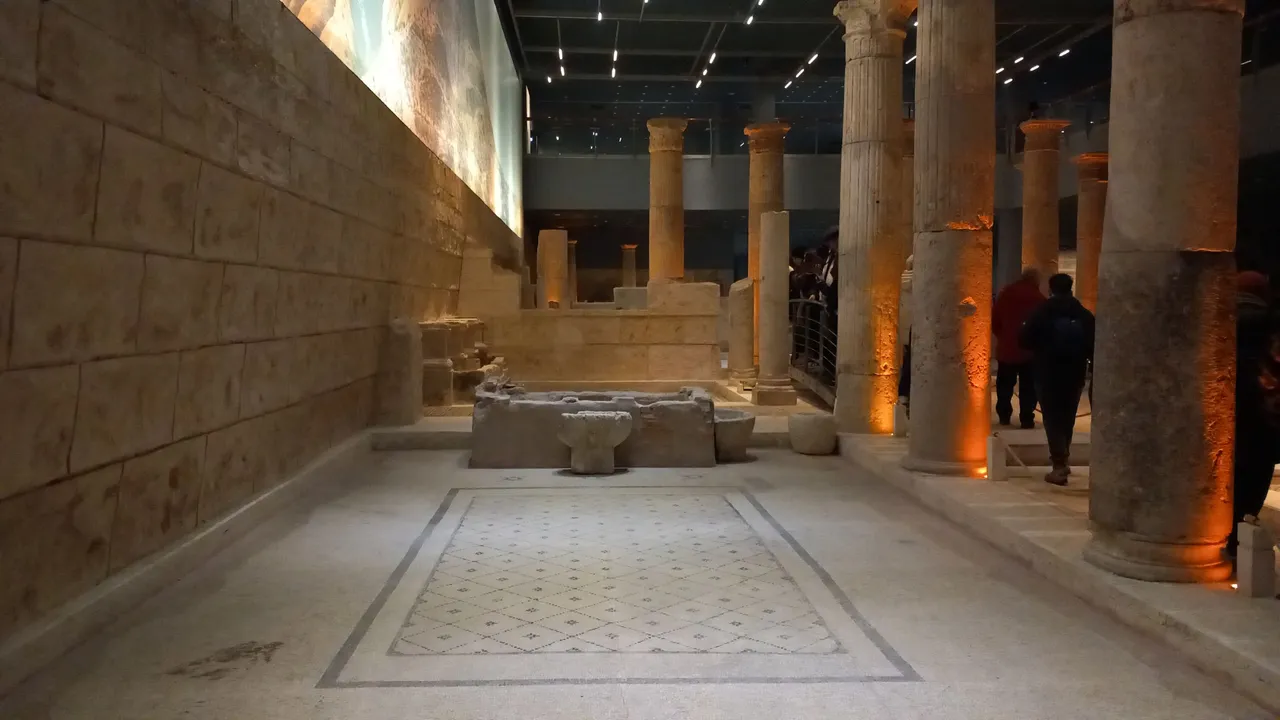
Not only a girl watches you in Zeugma. Dolphins playing with stone waves, gods having a feast, soldiers frozen in the middle of the war... Joy in the Villa of Dionysus, sea foam and gods in the Villa of Poseidon. Every stone is like a whisper.
Also, I don't know if you notice, but all the stones used are close to each other in similar colours. The least used ones are the most valuable ones. One of the most valuable ones is the black stones in the eyes of the Gypsy Girl.
And since we are talking about whispers, these mosaics were almost completely lost. While the Birecik Dam was being constructed, most of ancient Zeugma was going to be flooded. Thanks to the hastily initiated rescue excavations, these beauties were saved. This urgency is still felt. It is as if the stones were pulled out of the water to say a final word.
The curator of the museum's lighting and layout has done such a beautiful job that I feel the poetry of the people who made those mosaics. It is a strange feeling, but I wish I had more time there so that I could sit calmly in a corner and write my writings in that ambience.
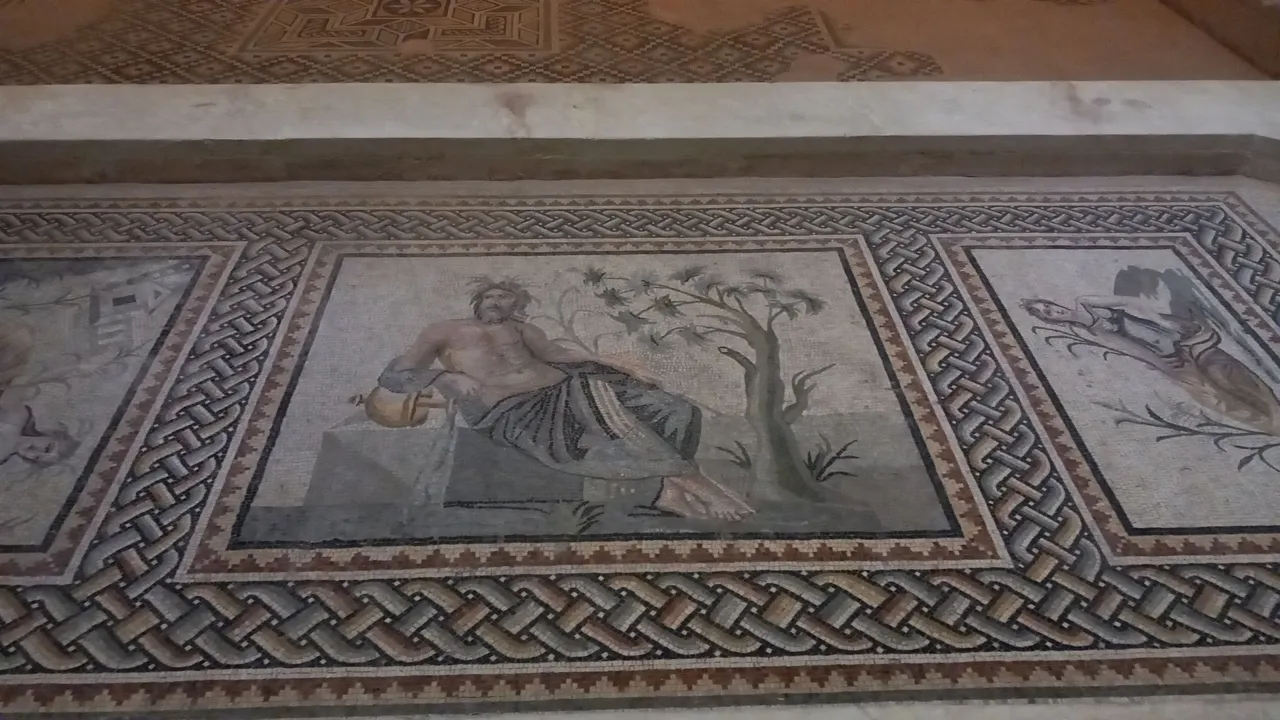

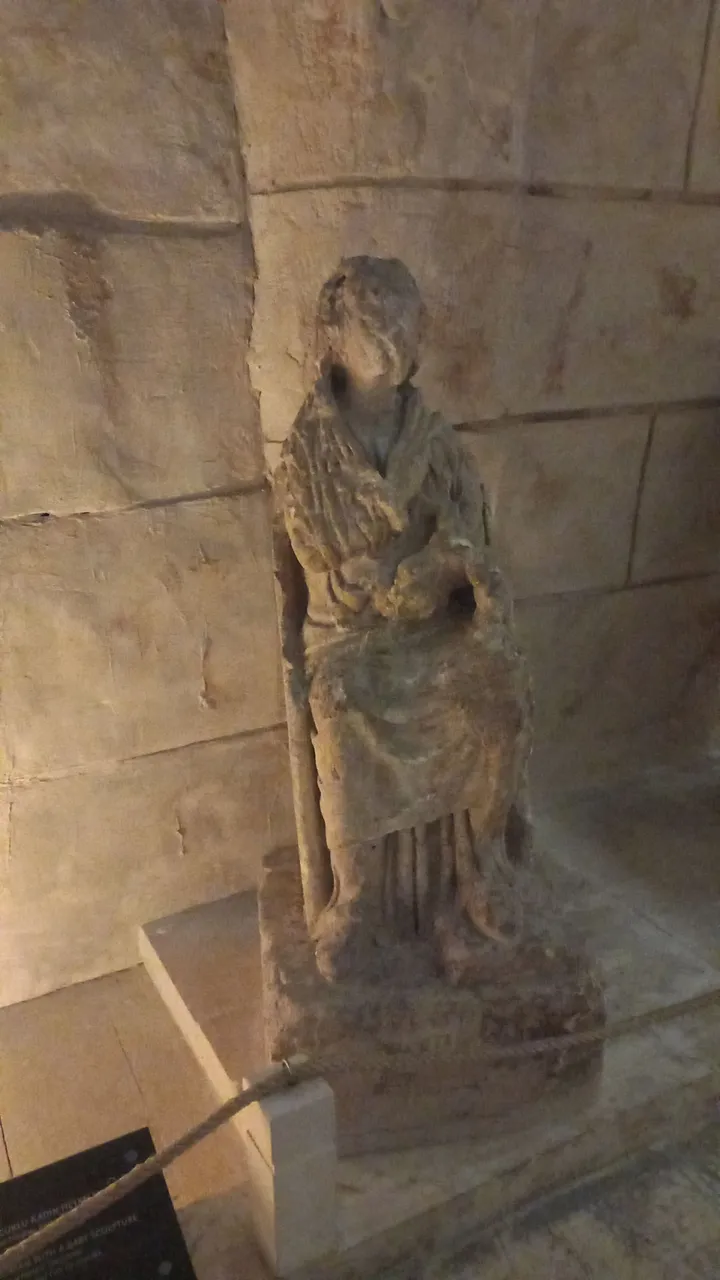
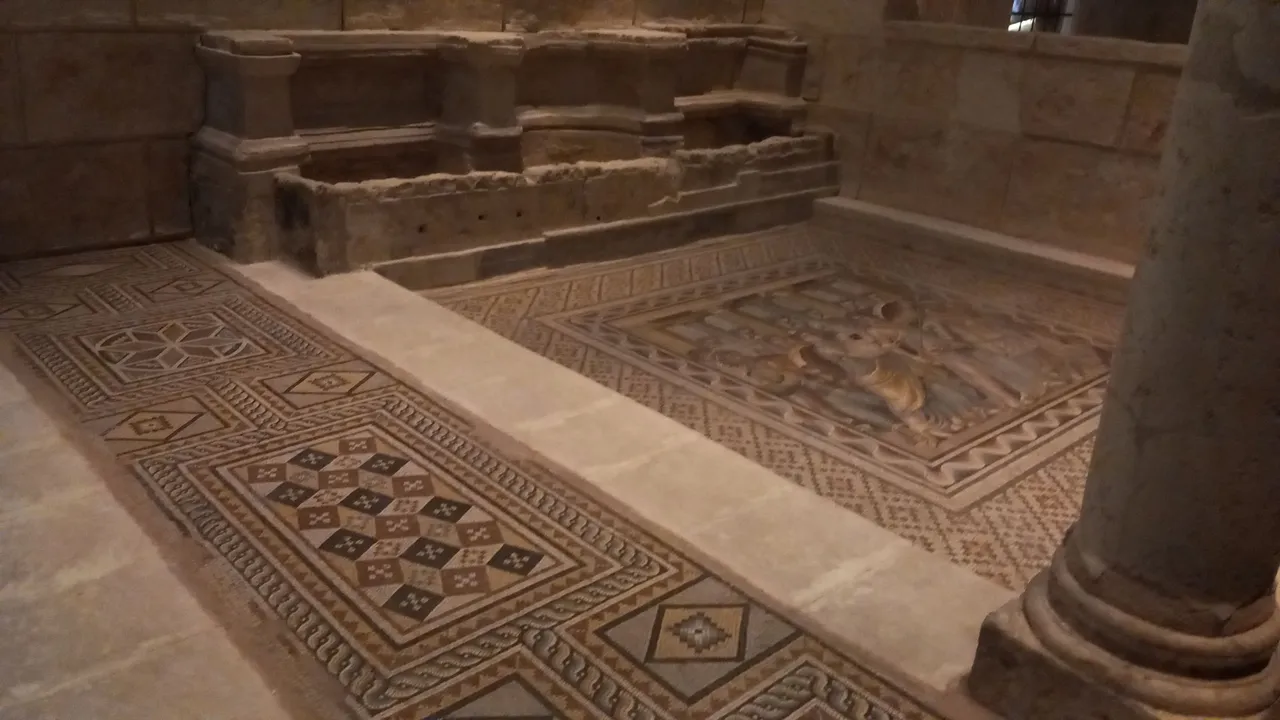
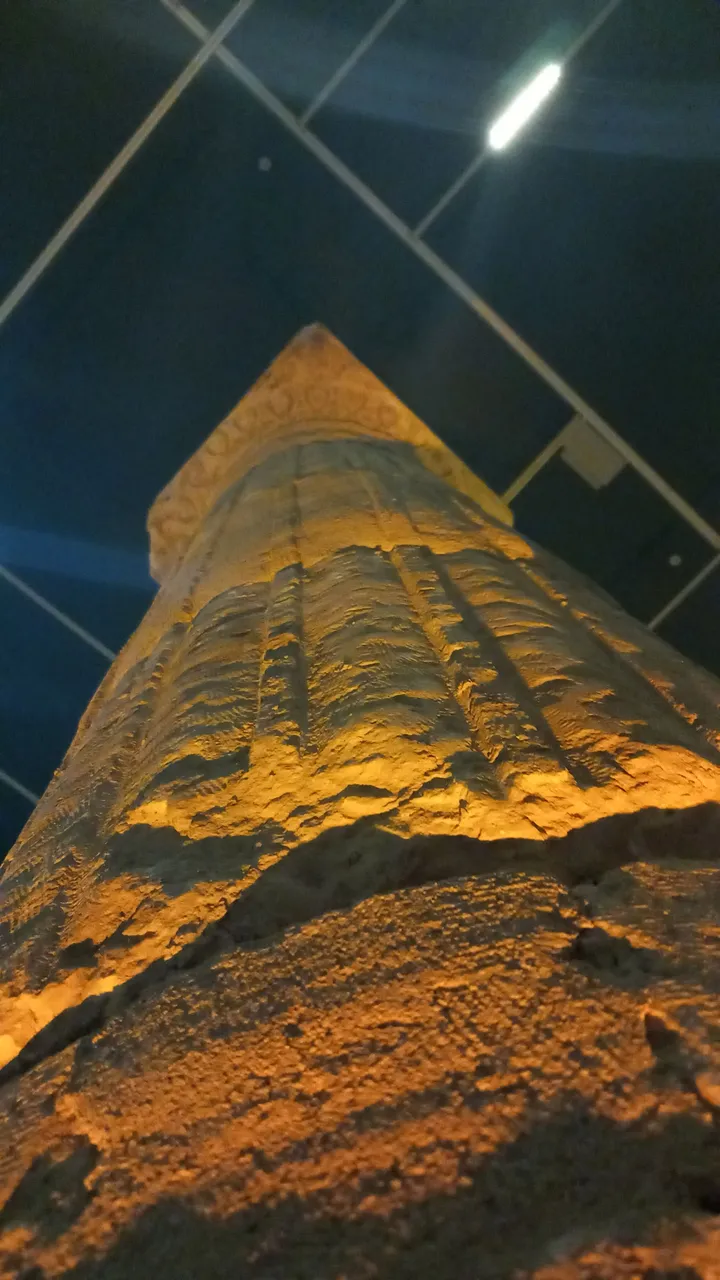
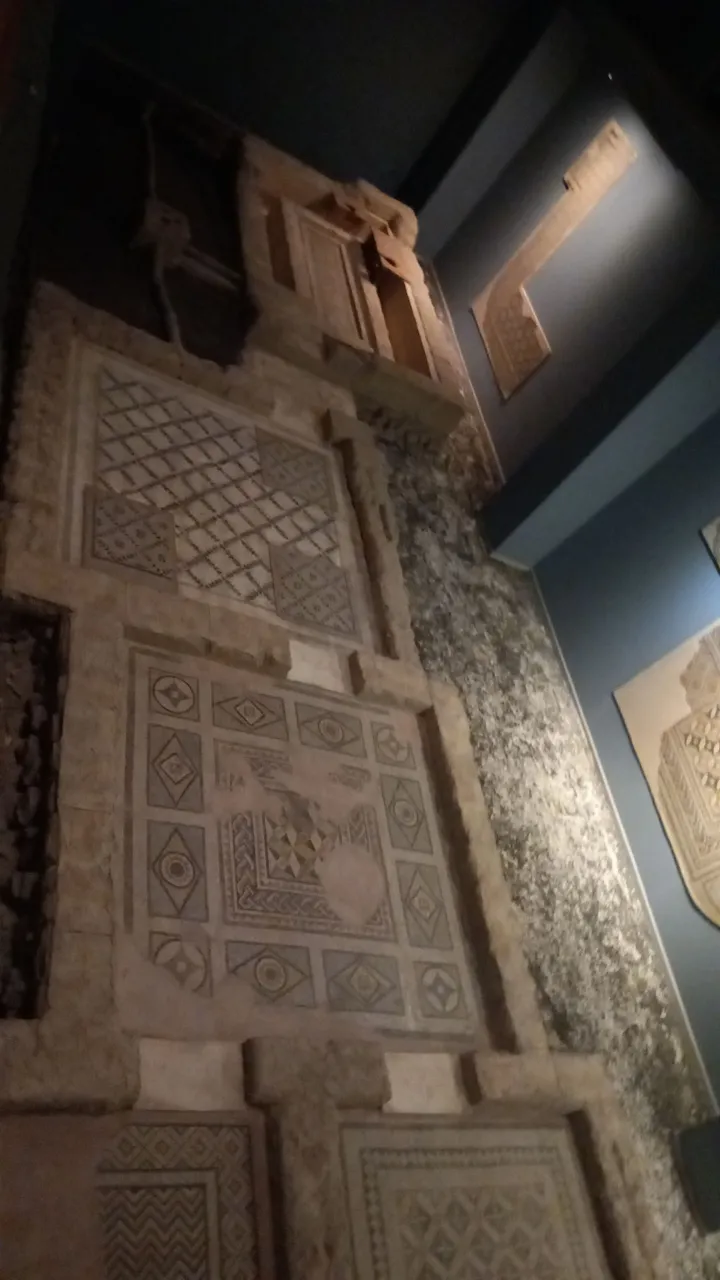
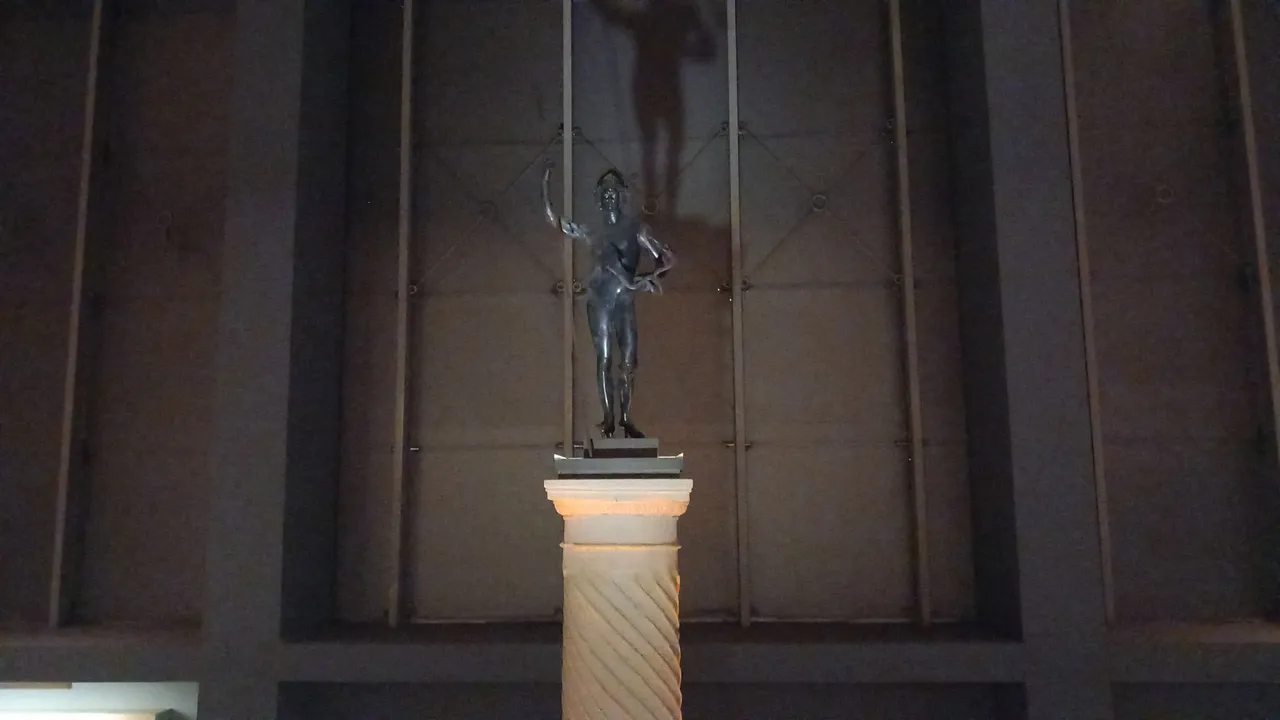
There’s one figure I simply can’t forget: the 2-meter tall bronze statue of Mars. You hear “Roman god of war” and expect rage or aggression. But no... he’s silent. Maybe even a little sad. Perhaps tired of all the fighting.
The statue is enormous—over 1.5 tons—yet under the museum’s lighting, it appears almost fragile. It doesn’t feel like a god anymore, but something that has taken on a human form. Don’t let the poor quality of my photo fool you. That’s just the fault of modern devices. The statue itself is so incredibly beautiful, so perfectly crafted, that you find yourself caught between conflicting emotions as you gaze at it.
Then there’s the feeling that comes with knowing some of the mosaics could actually be saved. Especially those in the sections where columns once stood—their preserved integrity somehow transports me back in time. For a moment, I could feel myself walking barefoot on those mosaics, still cool from freshly poured water.
And let’s not forget the abundance of Evil Eye mosaics that seemed to be watching over us. I’d like to add that our Turkish saying "Kem gözlere şiş!" (roughly meaning “a needle to the evil eye”) actually comes from this belief. The Evil Eye is said to bring misfortune, and even today, you can still see these protective eyes on doors, in entryways, and in the most lived-in rooms of homes.

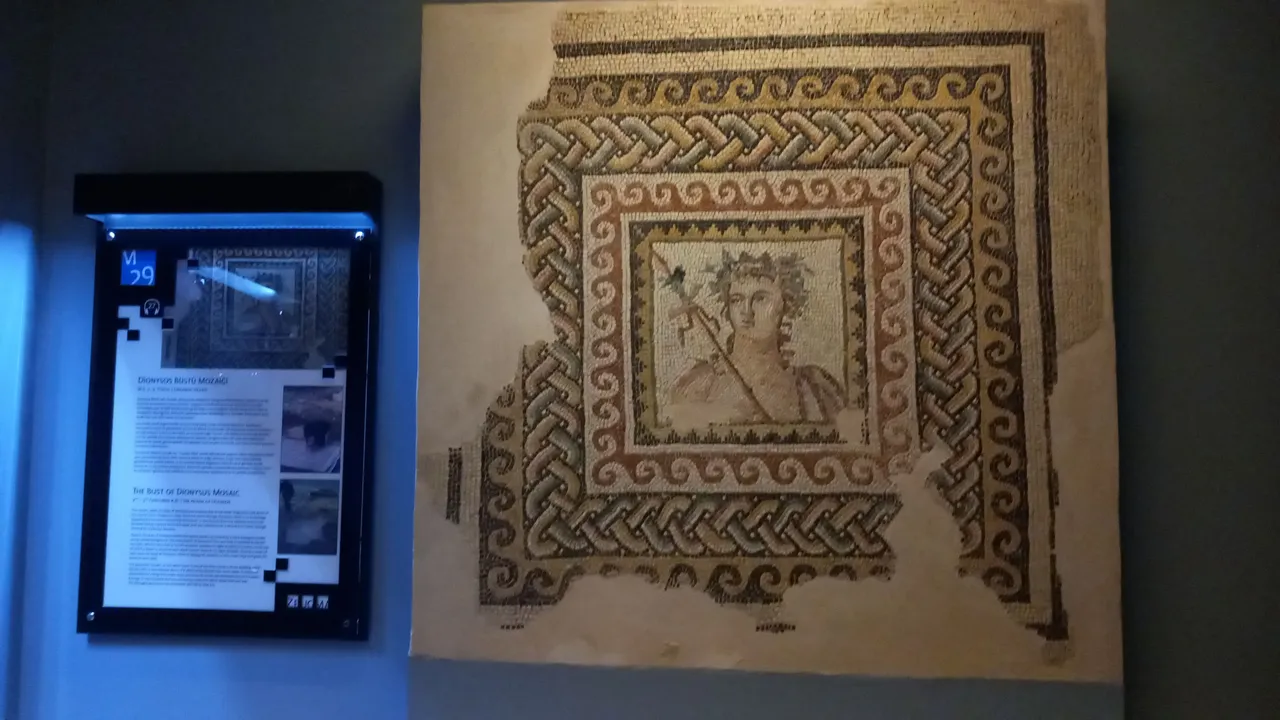
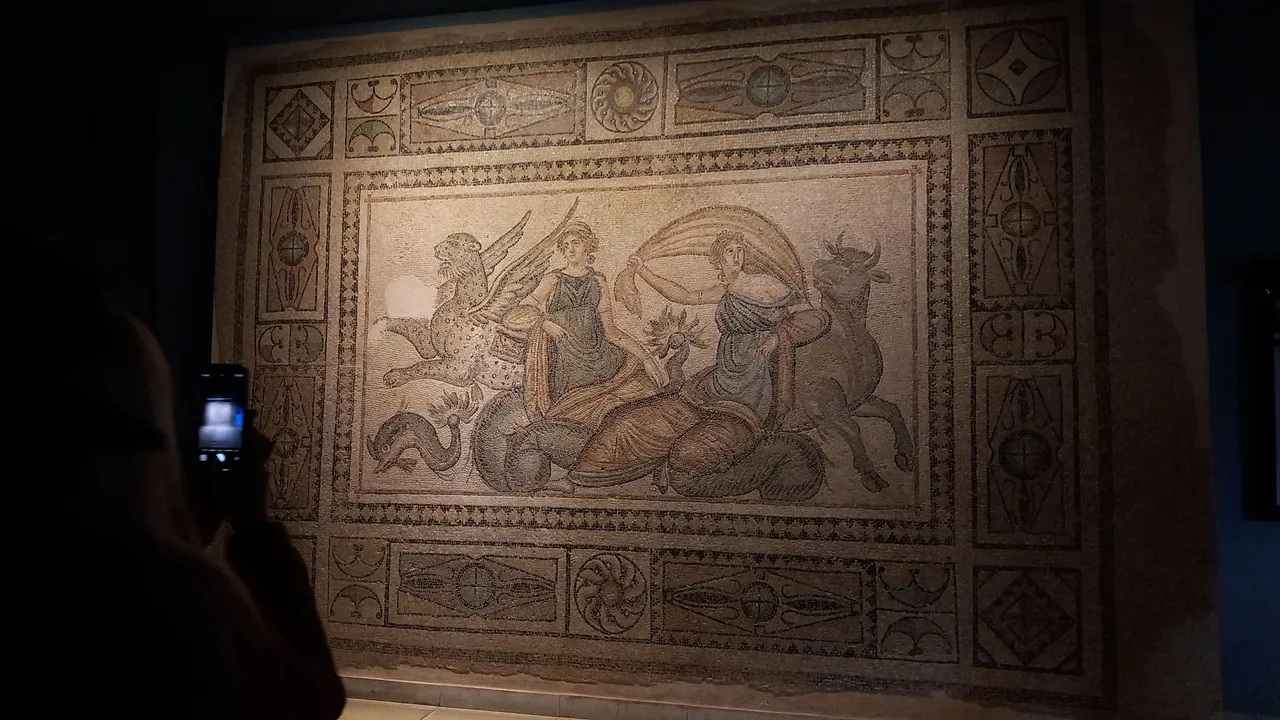
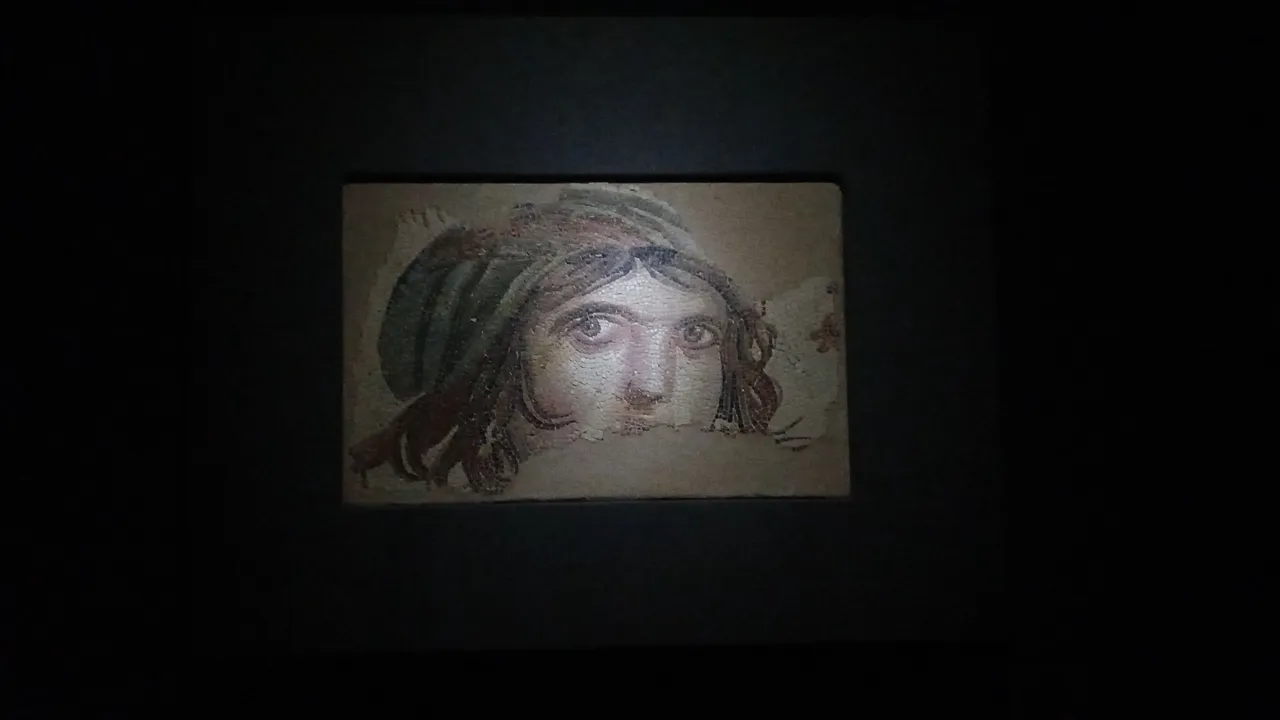
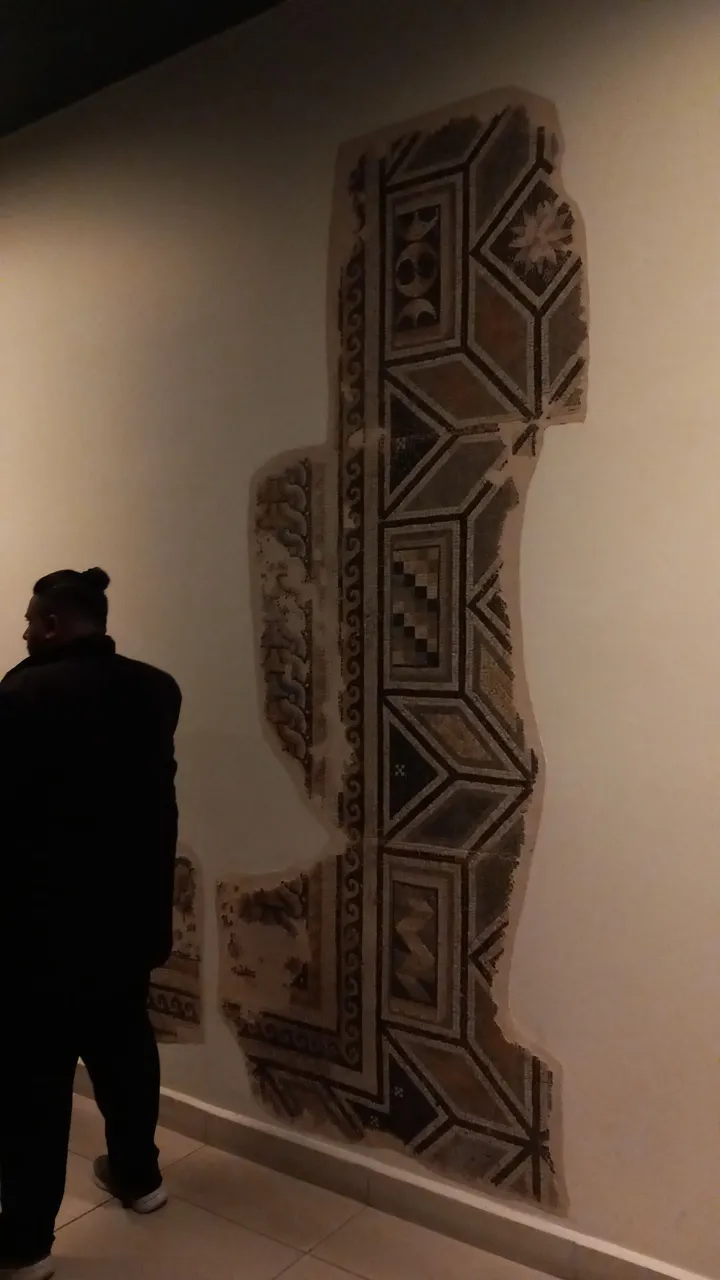
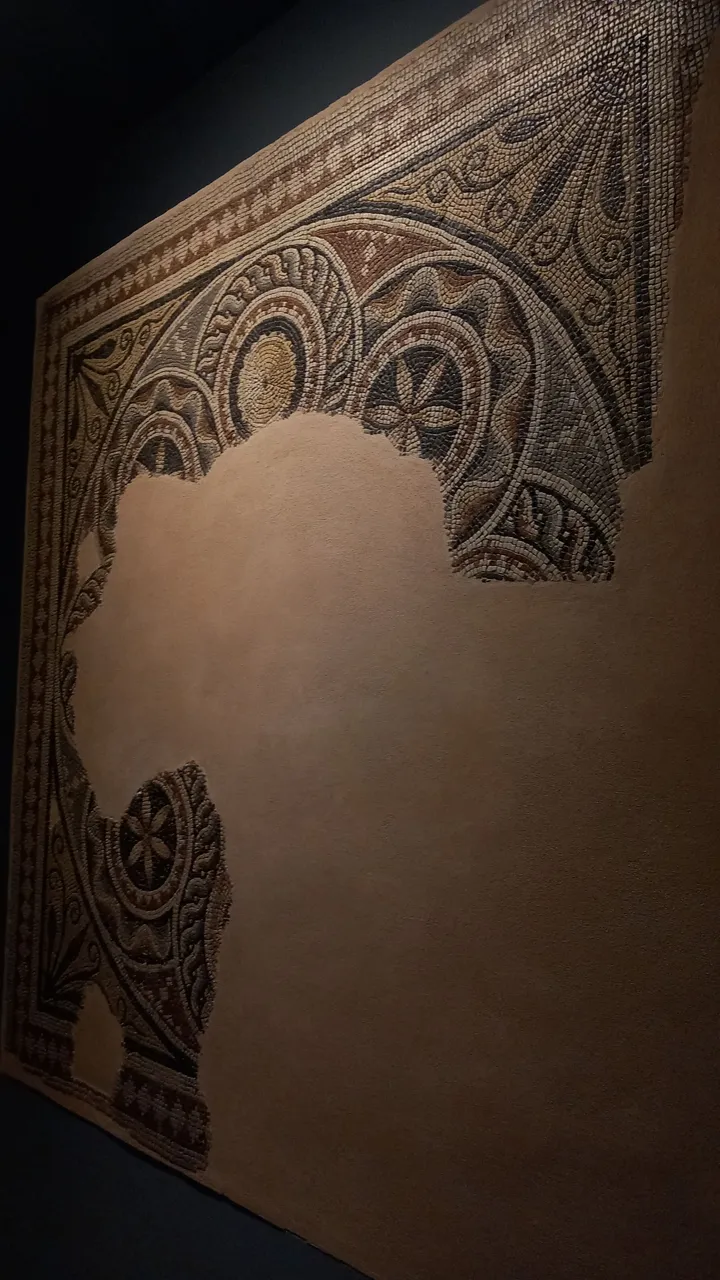
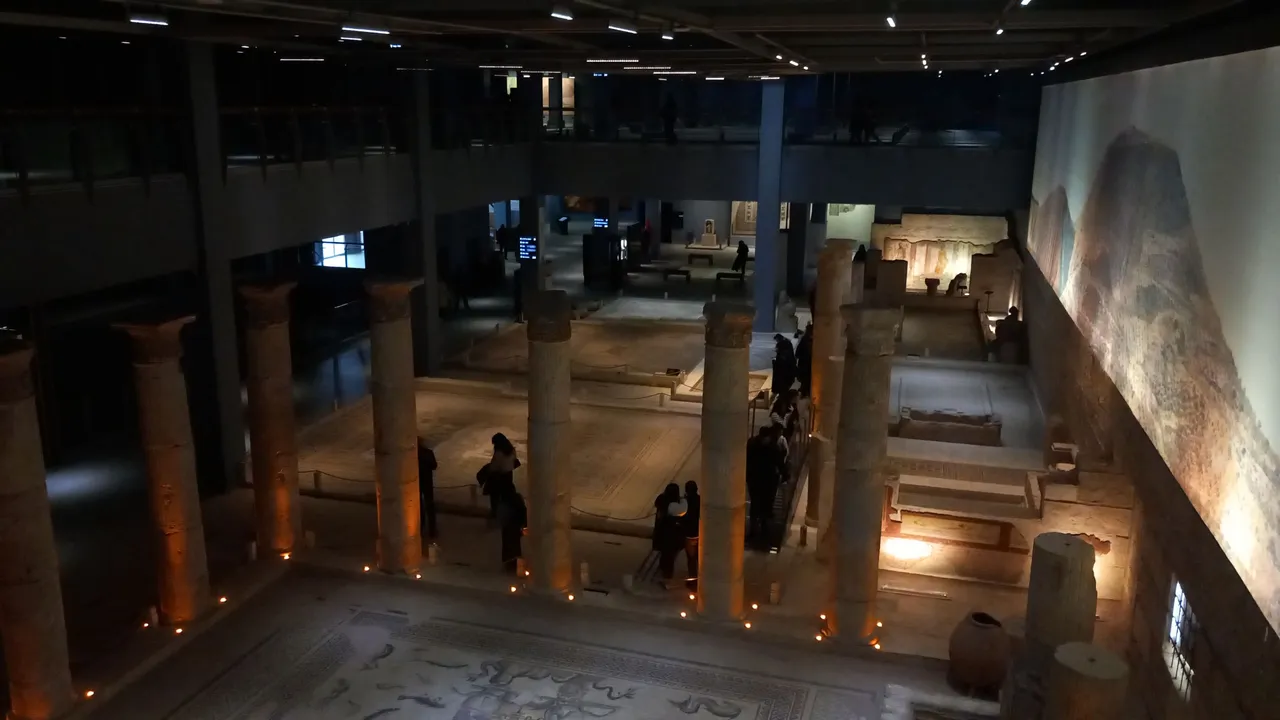
Of course, the most well-known face is the Gypsy Girl—but I prefer to call her the Silent Observer. Her real name might be Gaia, maybe Persephone. No one really knows for sure. But one thing is certain: wherever you go, her eyes follow you. I tested it myself—and felt chills run down my spine. It's not magic. It's pure artistry.
For a long time, she was lost. Some of her fragments were even abroad. But in 2018, they were brought back home. Thankfully, unlike so many other artifacts, she wasn’t stolen entirely. That gives me some relief—but my heart still aches for the Pergamon Gate. They took it piece by piece... Anyway. Now, she’s almost complete. But if you ask me, she was always whole. Her gaze never disappeared.
Some of the mosaics bear ancient Greek inscriptions—who commissioned them, which god they were dedicated to... These aren't just works of art. They are eternal journals. Dozens of names, dozens of gods, and so much more. The museum lighting is dim. Not everything is explained. Some corners are intentionally left in mystery. This is not a place for a rushed visit. It slowly unveils itself as you wander.
Zeugma isn’t just an art collection. It’s a place that says: There was beauty even during war. A place that whispers: Humans have always wanted to leave their mark. A place that proves silence, too, can carry a story. There is so much more I want to show you from these traces—but I don’t want to overwhelm you with a long post.
So I hope someday you’ll go and see Zeugma for yourself, with your own eyes—while that spark of awe shines inside you. It’s not a place one can leave without wonder.
That’s all from me for now, because the more I remember Zeugma’s beauty, the more I long to return—and it hurts knowing I can’t. Until next time. Take care of yourself in advance, stay in health and love, and please remember that;
You are the only one of you.


Herkese merhabaa!!!
Umarım iyisinizdir ya da iyi olmaya çalışıyorsunuzdur. Bugün biraz heyecanlıyım çünkü sadece Türkiye için değil Avrupa için de harika bir yere, Zeugma Mozaik Müzesi’ne, Gaziantep’e gidiyoruz. 3,000 m² alanın neredeyse hepsin mozaik bulunan bir müze burası.
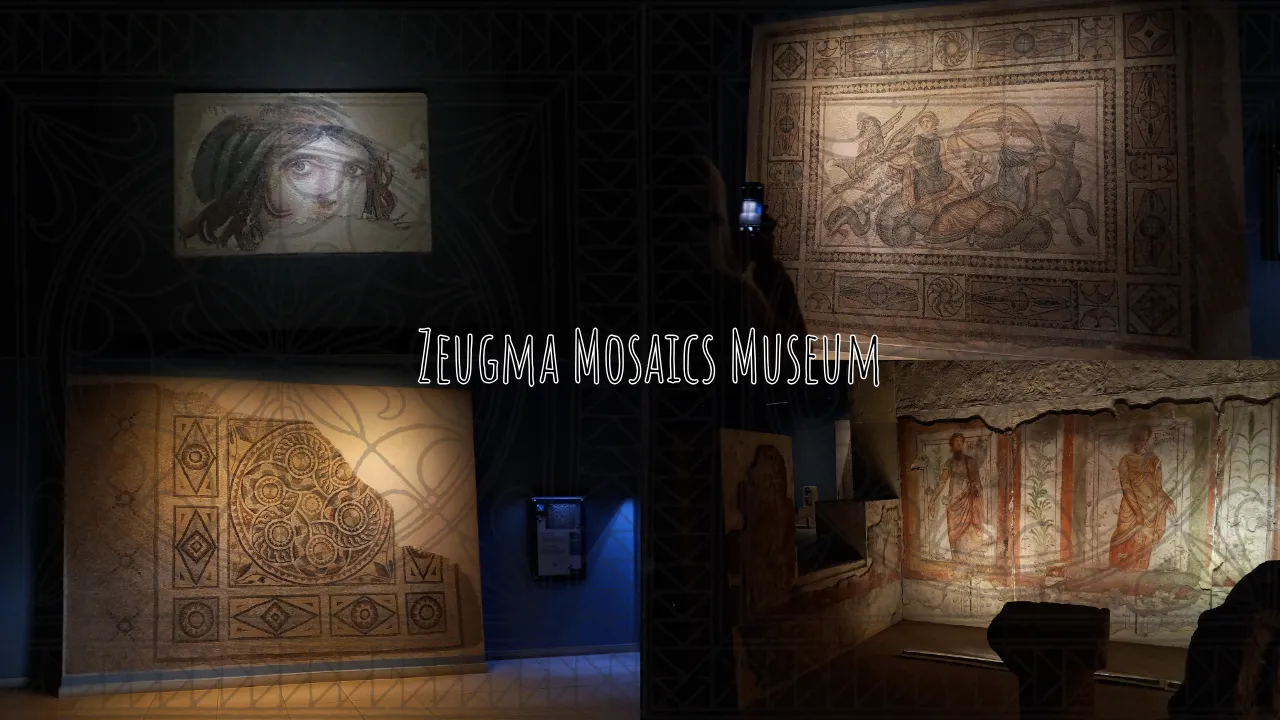
Daha önce sizlerle birlikte olmasa bile mozaik müzesi gördüm ama ilk kez hissettim. Evet, kulağa tuhaf geliyor biliyorum ama bu müzenin yumuşak ışıklarında yürürken ve o bin yıllık gözler (Çingene Kızı) size bakarken insanın içi ürperiyor. Bir de buranın büyüklüğünü göz önünde bulundurursanız gezmekle bitmiyor. Bir gününüzü tamamen buraya ayırmanız gerekiyor.
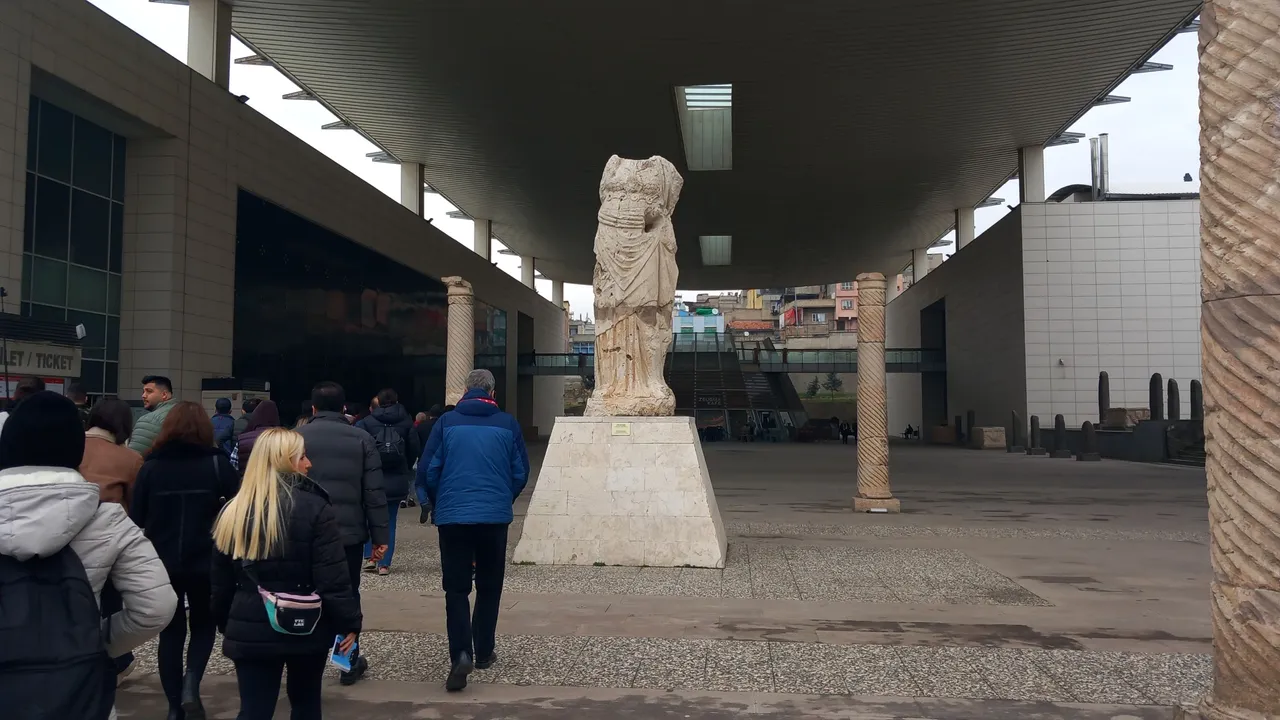
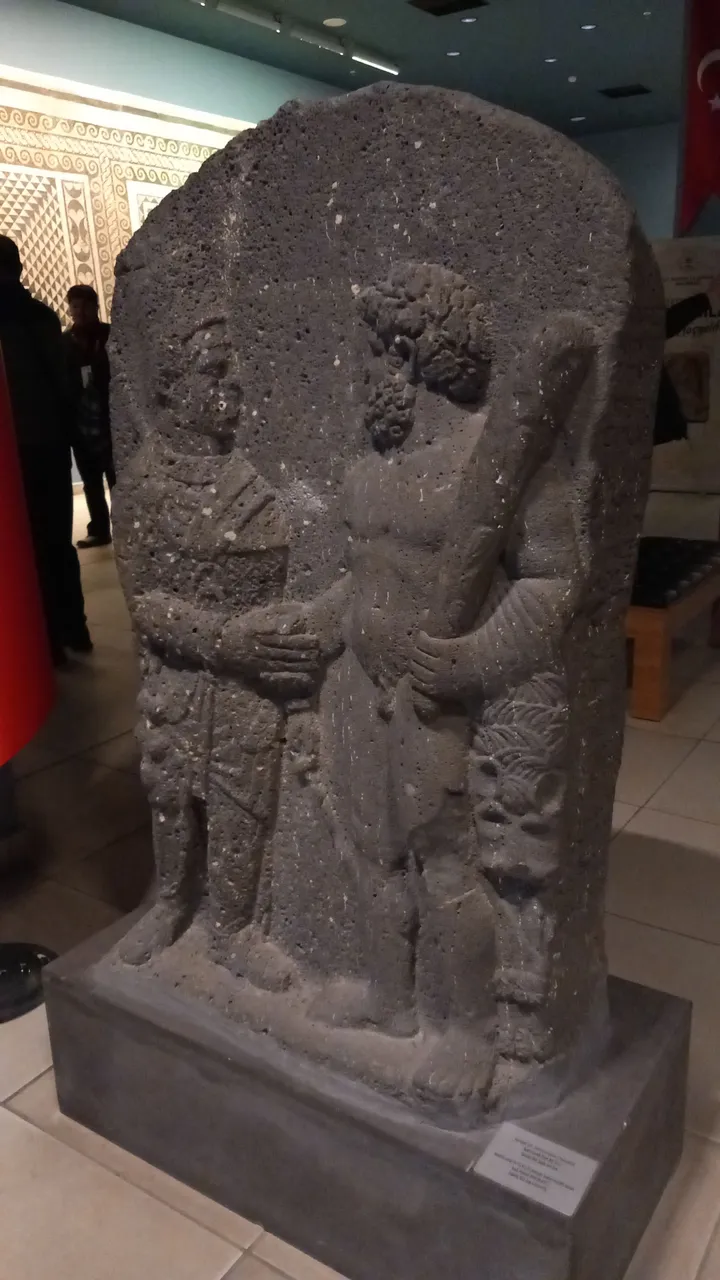
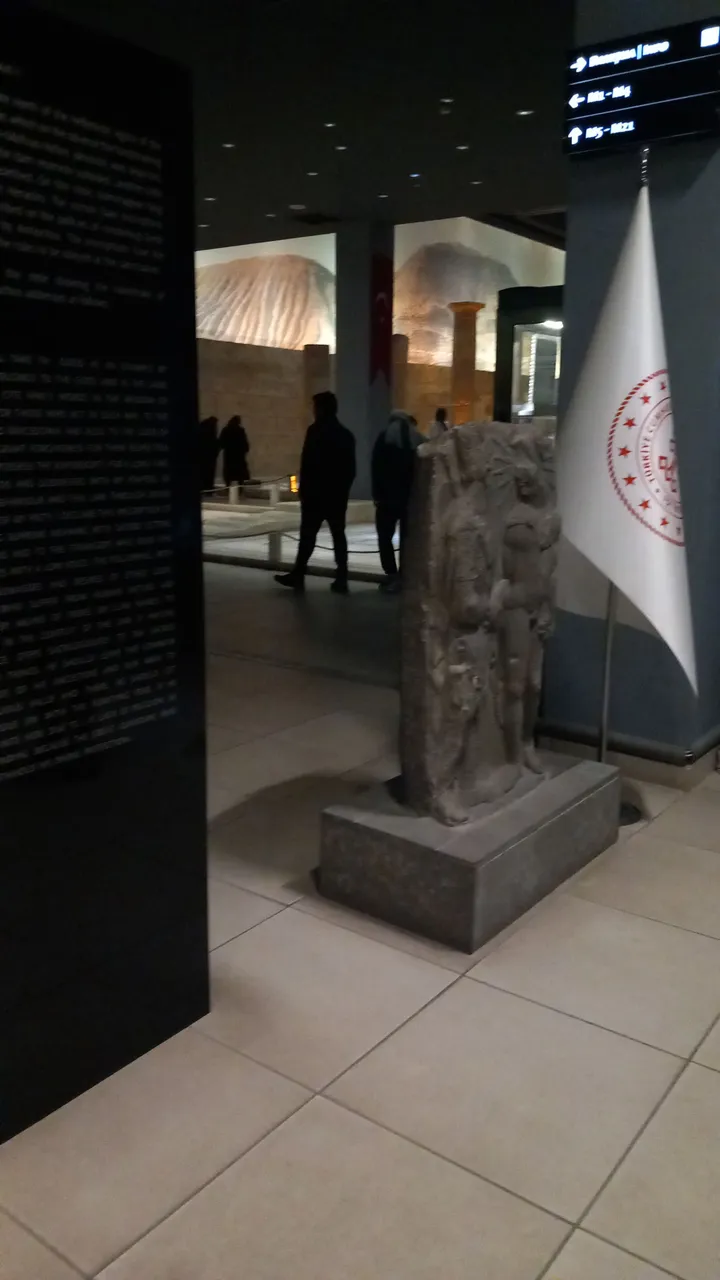
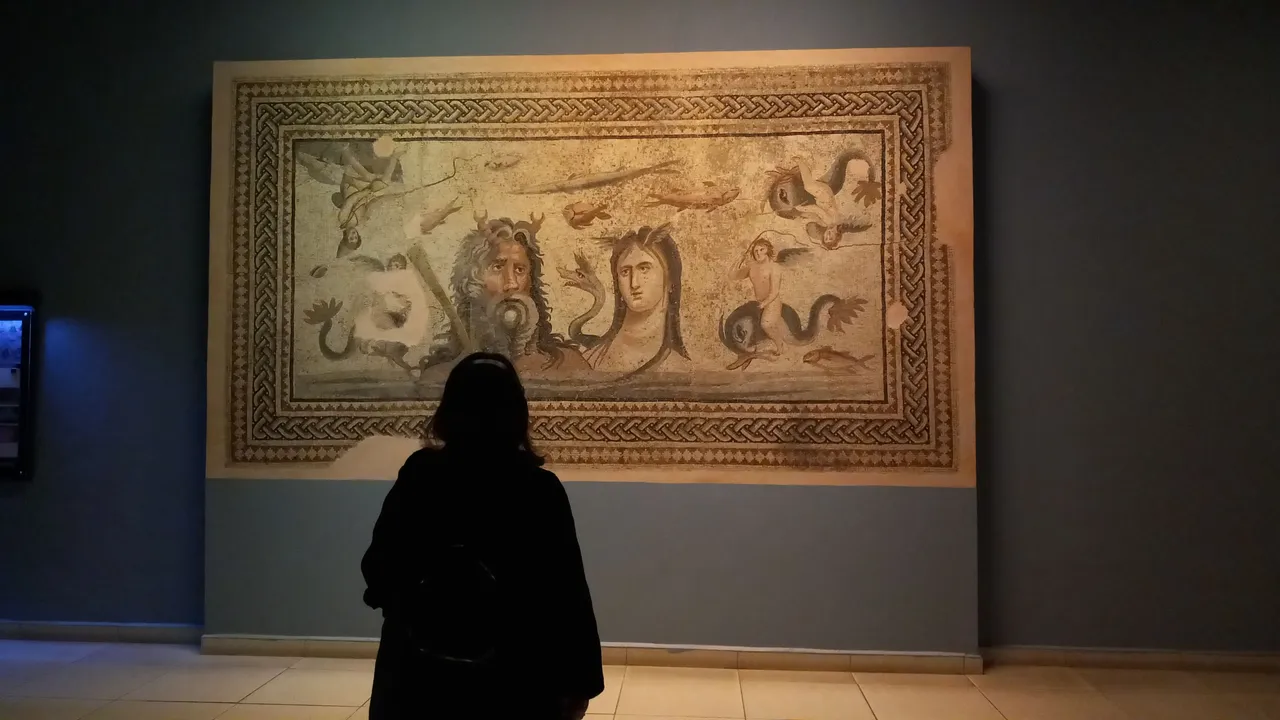
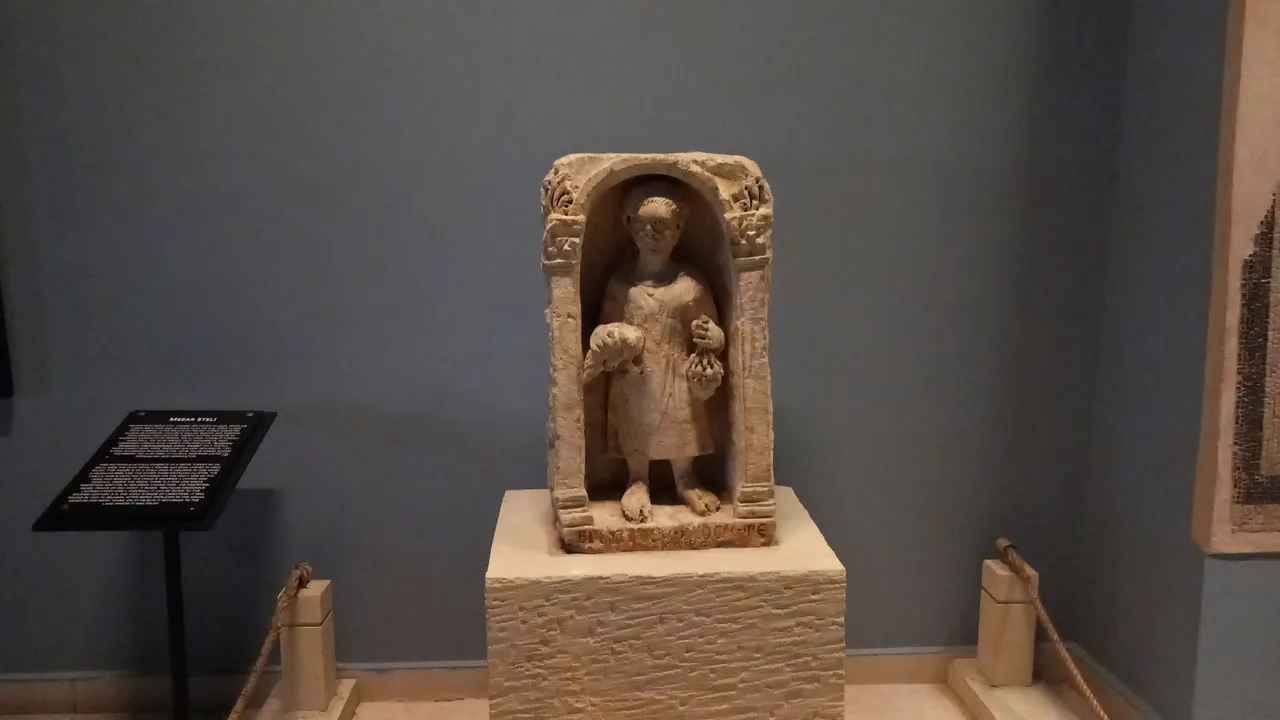
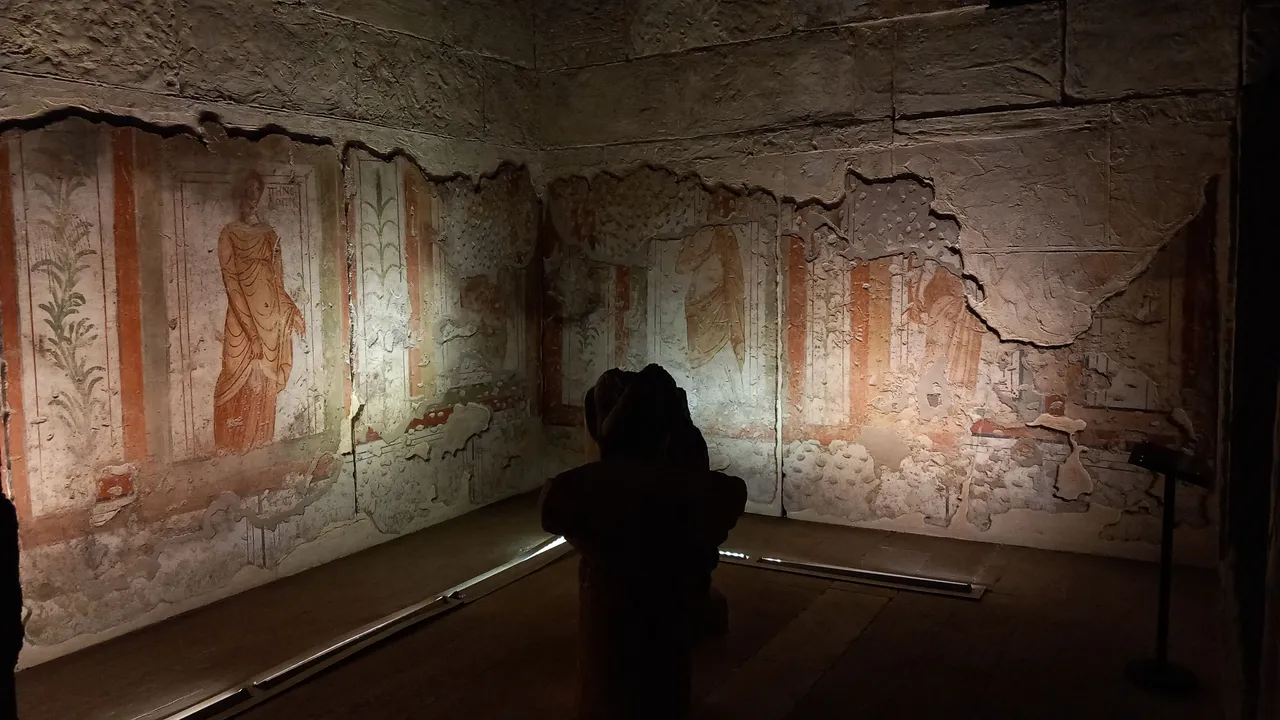

Zeugma’da sadece bir kız izlemiyor sizi. Taş dalgalarla oynayan yunuslar, şölen kuran tanrılar, savaşın ortasında donmuş askerler... Dionysos Villası'nda neşe, Poseidon Villası’nda deniz köpüğü ve tanrılar. Her taş bir fısıltı gibi.
Bir de siz fark eder misiniz bilmem ama kullanılan taşların hepsi birbirine yakın renkler. En az kullanılanı en değerlileri. En değerlilerinden biri ise Çingene Kızı'nın gözlerindeki kapkara taşlar.
Ve madem fısıltılardan bahsettik bu mozaikler neredeyse tamamen kaybolacaktı. Birecik Barajı inşa edilirken antik Zeugma’nın çoğu sular altında kalacaktı. Aceleyle başlatılan kurtarma kazıları sayesinde bu güzellikler kurtarıldı. Bu aciliyet, hâlâ hissediliyor. Sanki taşlar son bir söz söylemek için sudan çıkarılmış gibi.
Müzenin ışıklandırılması ve düzeni küratörü öyle güzel bir iş çıkarmış ki kendimde o mozaikleri yapan insanların şiirselliğini hissediyorum. Garip bir durum ama gönlüm isterdi ki orada daha fazla zamanım olsun da bir köşesinde sakince oturup, o ambiansta yazılarımı yazayım.
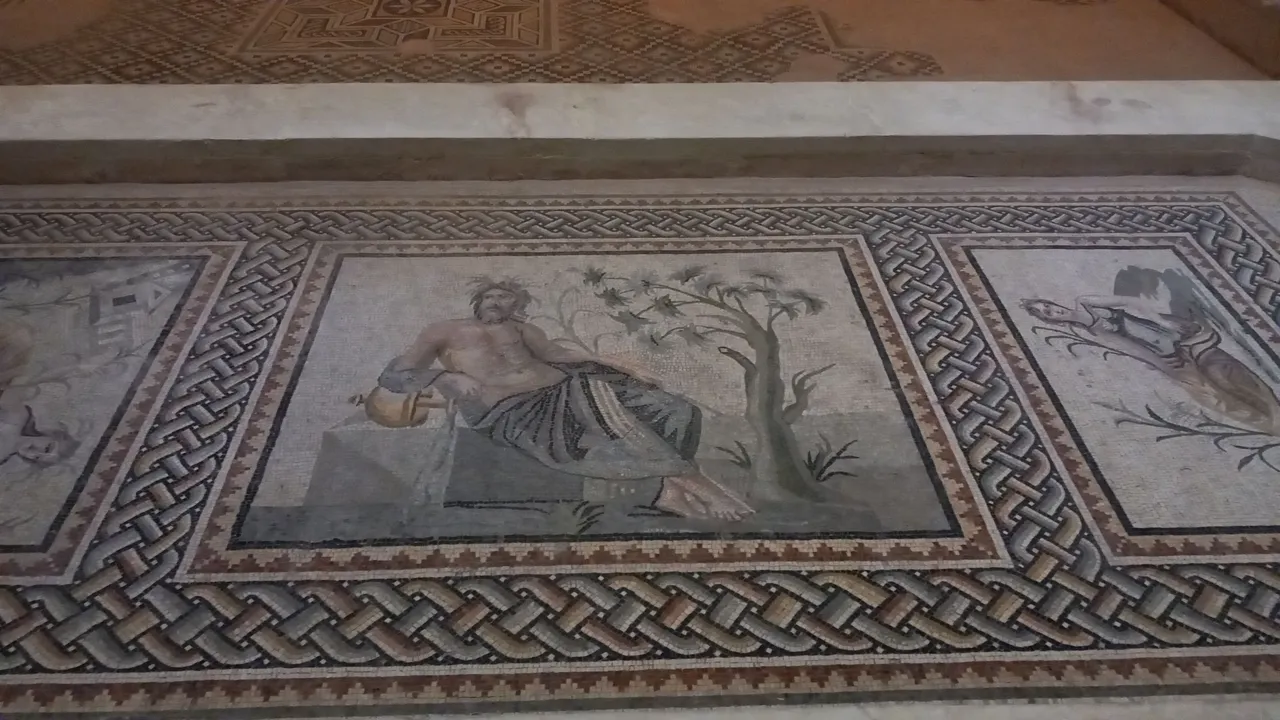

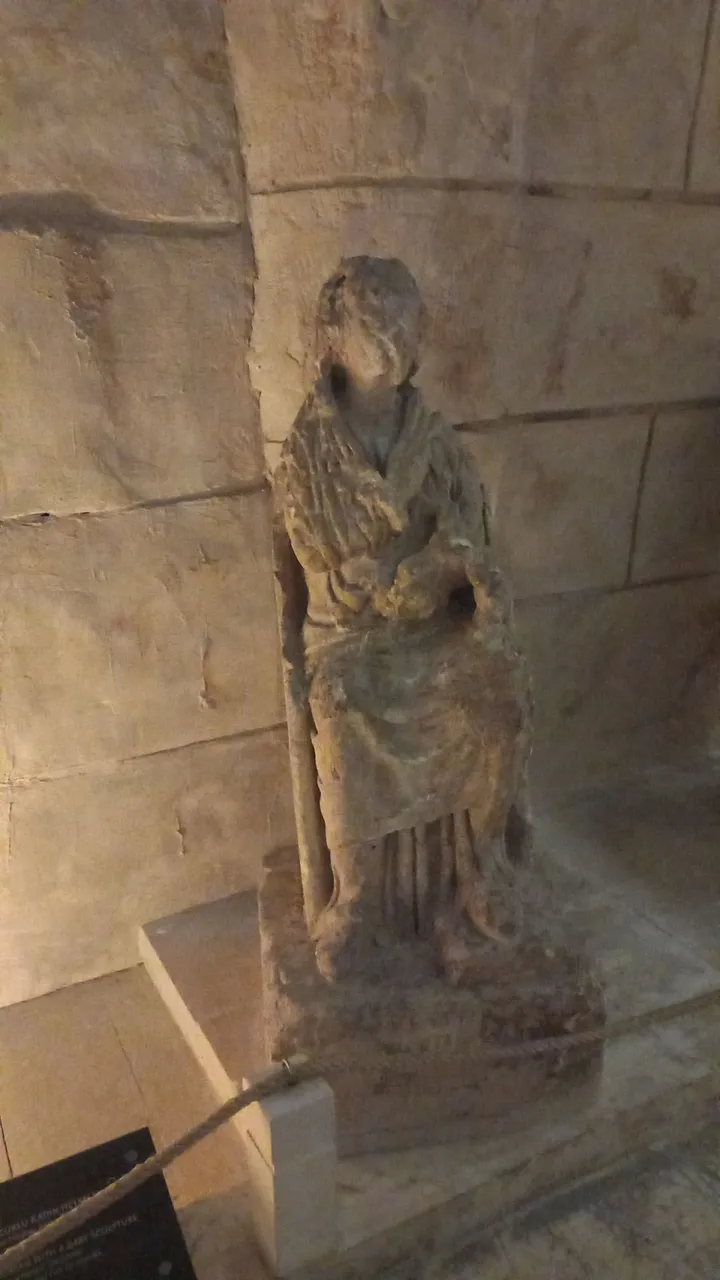
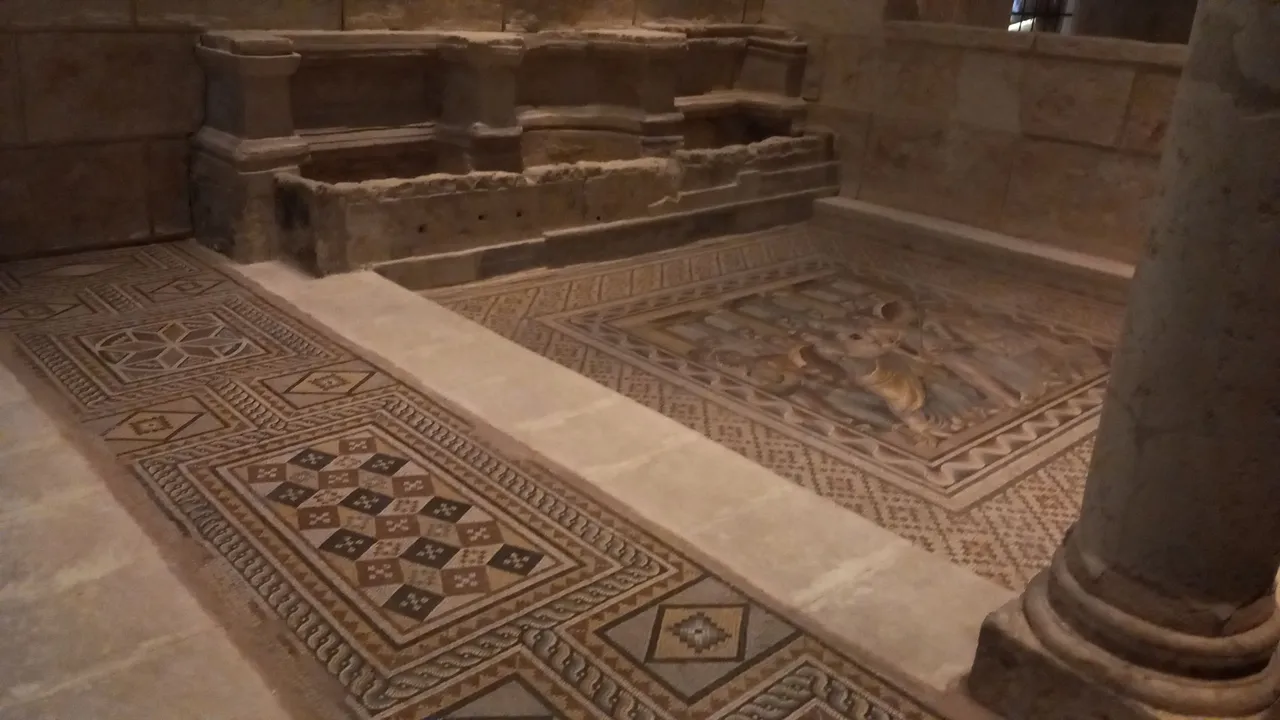
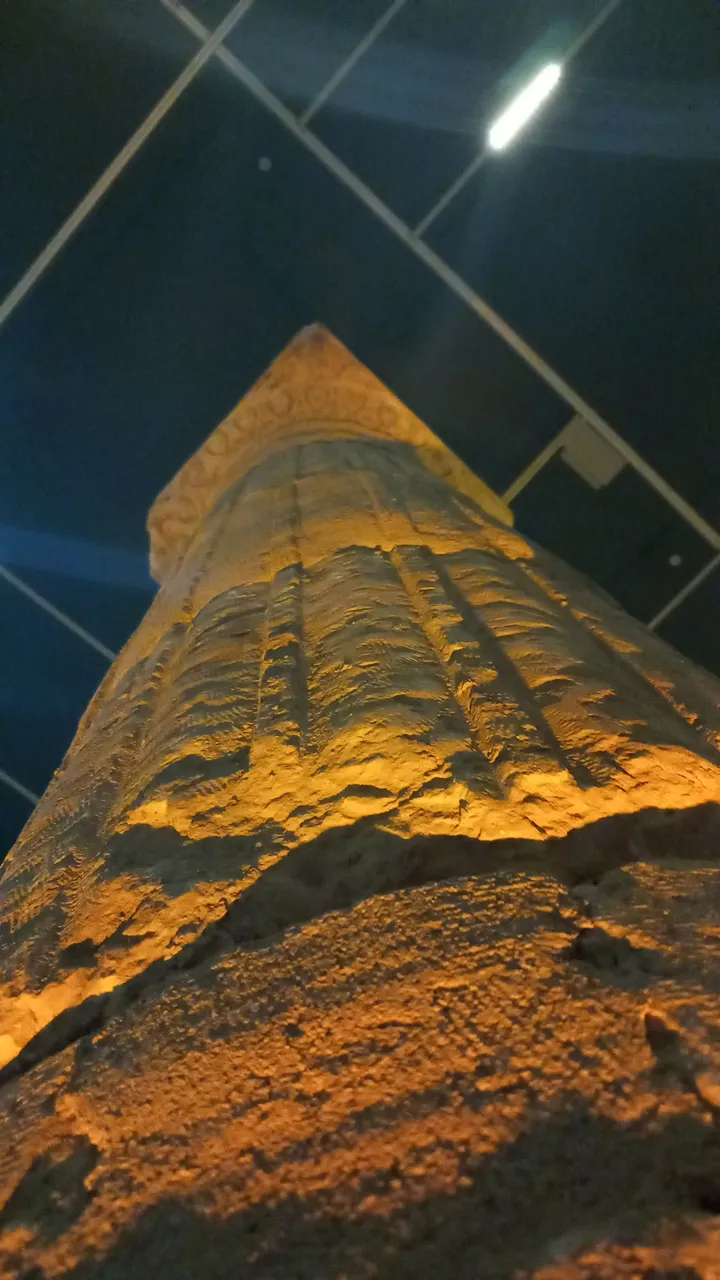
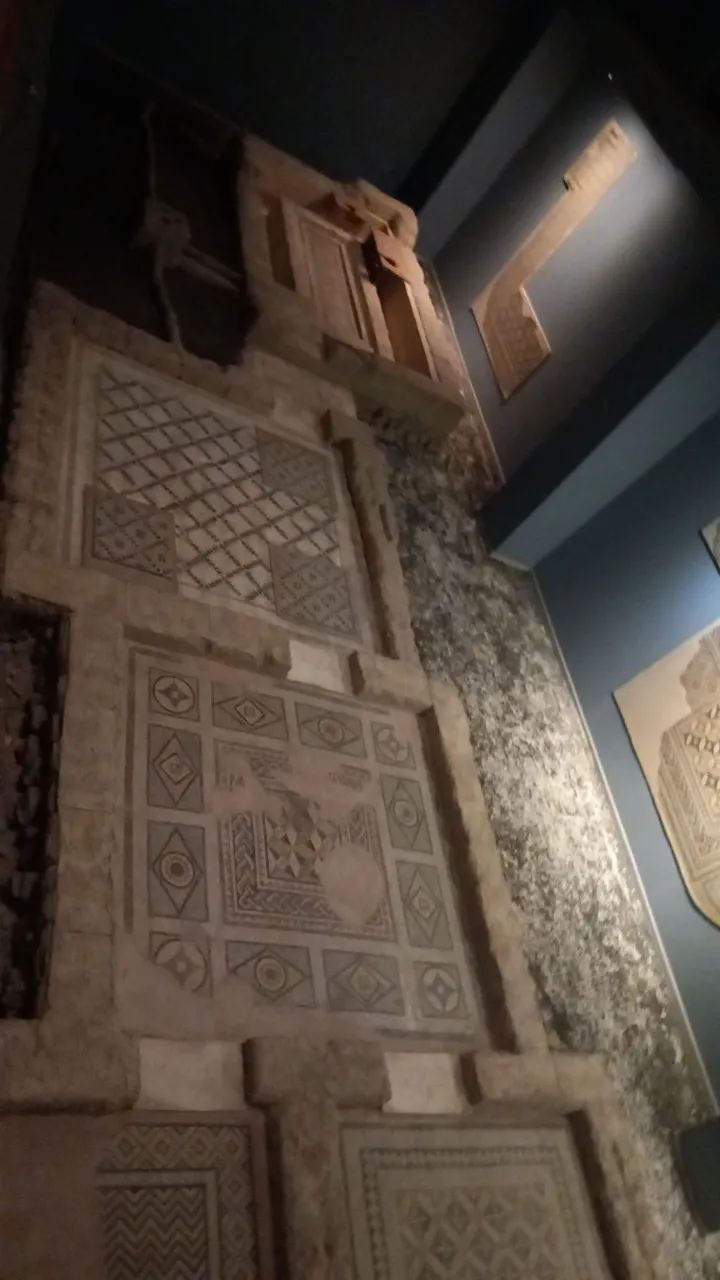
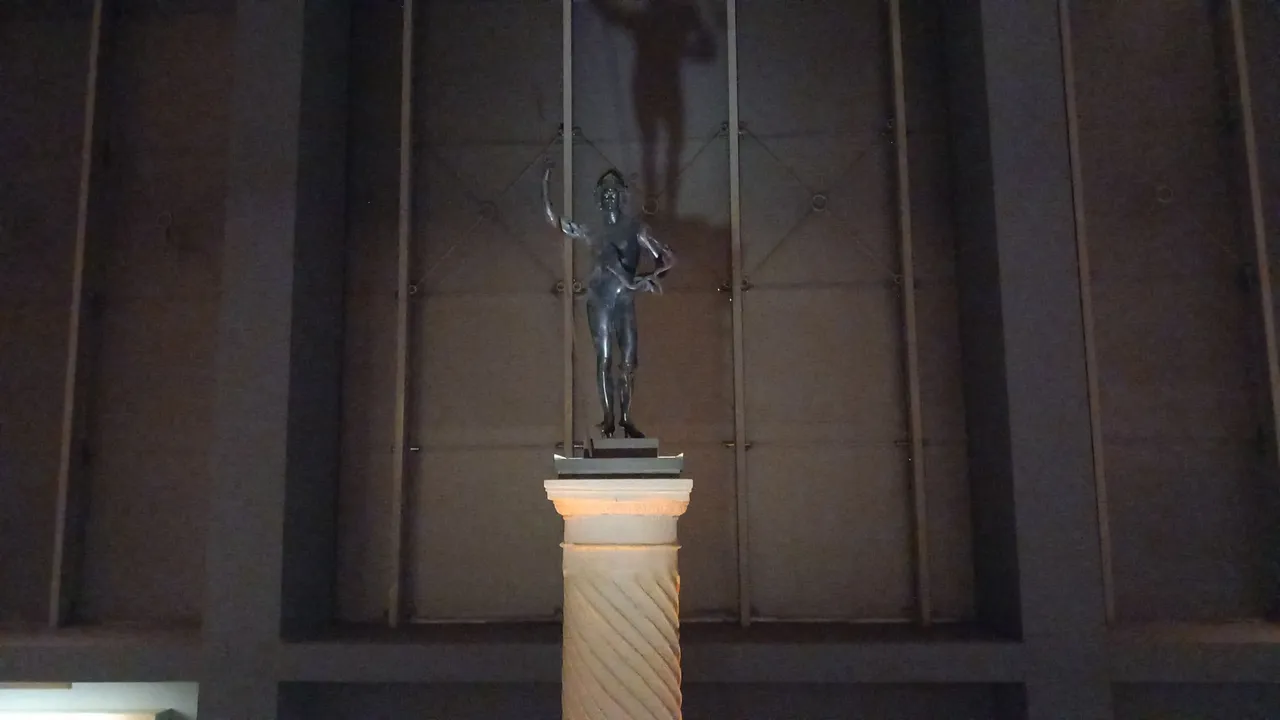
Bir de unutamadığım bir figür var: 2 metre boyunda tunç Mars heykeli. Roma’nın savaş tanrısı dersin, öfke beklersin. Ama hayır... Sessiz. Belki biraz üzgün. Belki de savaşmaktan yorulmuş. Heykel dev gibi (1.5 tondan fazla) ama müzenin ışığında neredeyse kırılgan görünüyor. Sanki bir tanrı değil de insana dönmüş. Fotoğrafın kalitesizliği ise sizi yanıltmasın sakın. Günümüzün hatasıdır bu ama bu heykel o kadar güzel ve mükemmel ki size aynı anda hissettirdiği duygular arasında kalıveriyorsunuz.
Bazı mozaiklerin olduğu gibi kurtarılabilmesi ise bambaşka bir duygu. Özellikle de sütünların olduğu bölümlerdeki mozaiklerin bütünlüğü sanki beni o zamanlara götürüyor. Orada çıplak ayakla daha yeni su döküldüğü için soğumuş mozaiklerin üzerinde yürüdüğümü hissedebildim.
Bolca da Kem Göz mozaiği bizi korudu sanki. "Kem gözlere şiş" lafımızında buradan geldiğini eklemek isterim. Kem Göz nazar değdiren gözdür. Hatta bu gözü evlerin girişlerinde, kapılarda ve yaşamın en yoğun olduğu odalarda görmek mümkün.


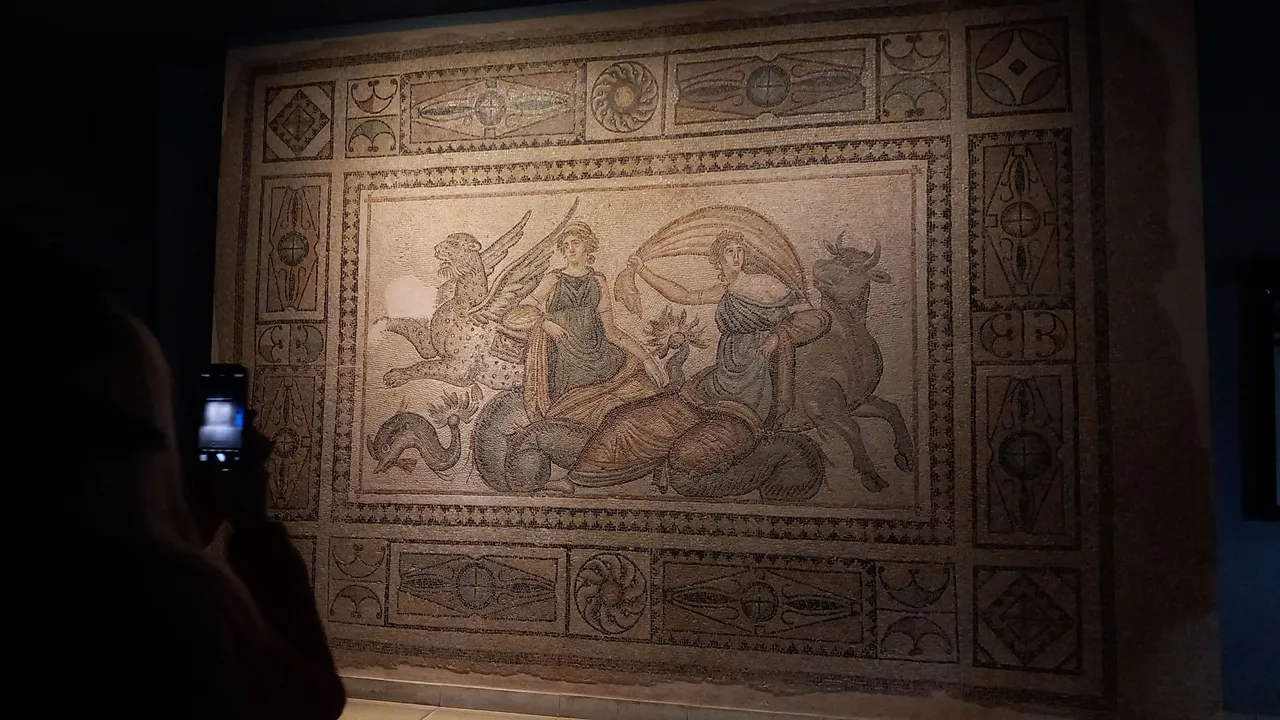
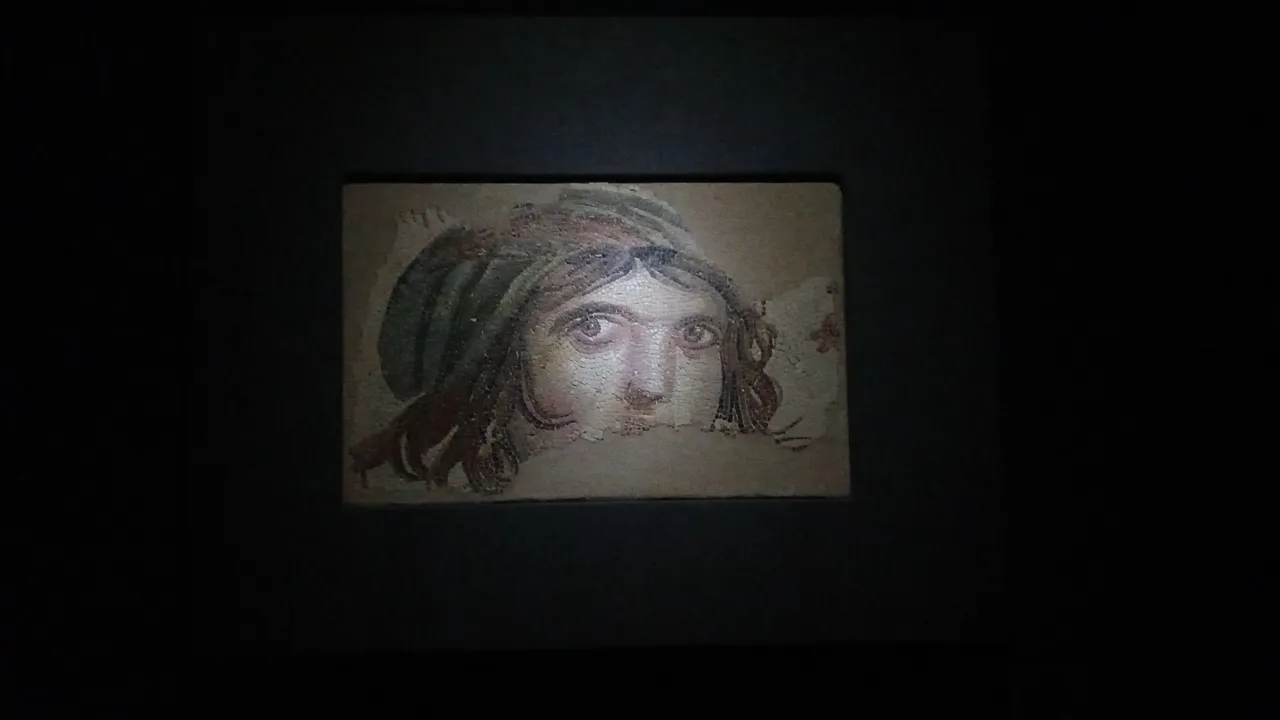
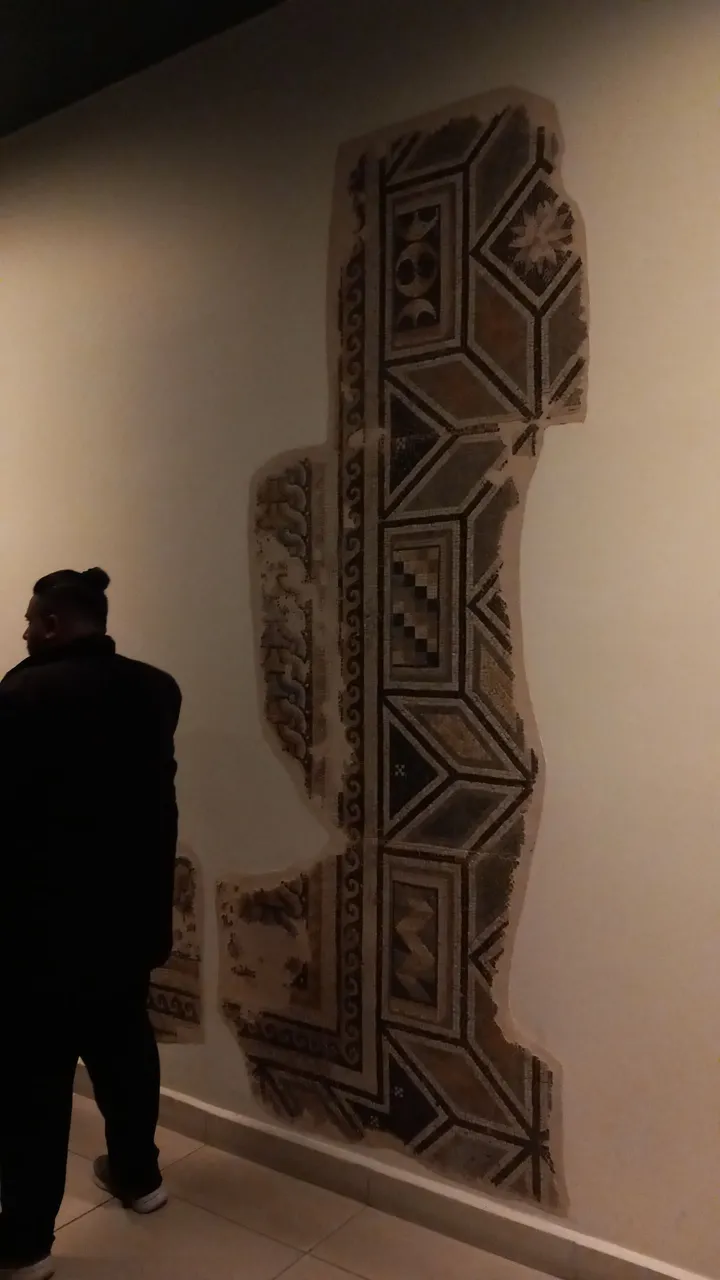
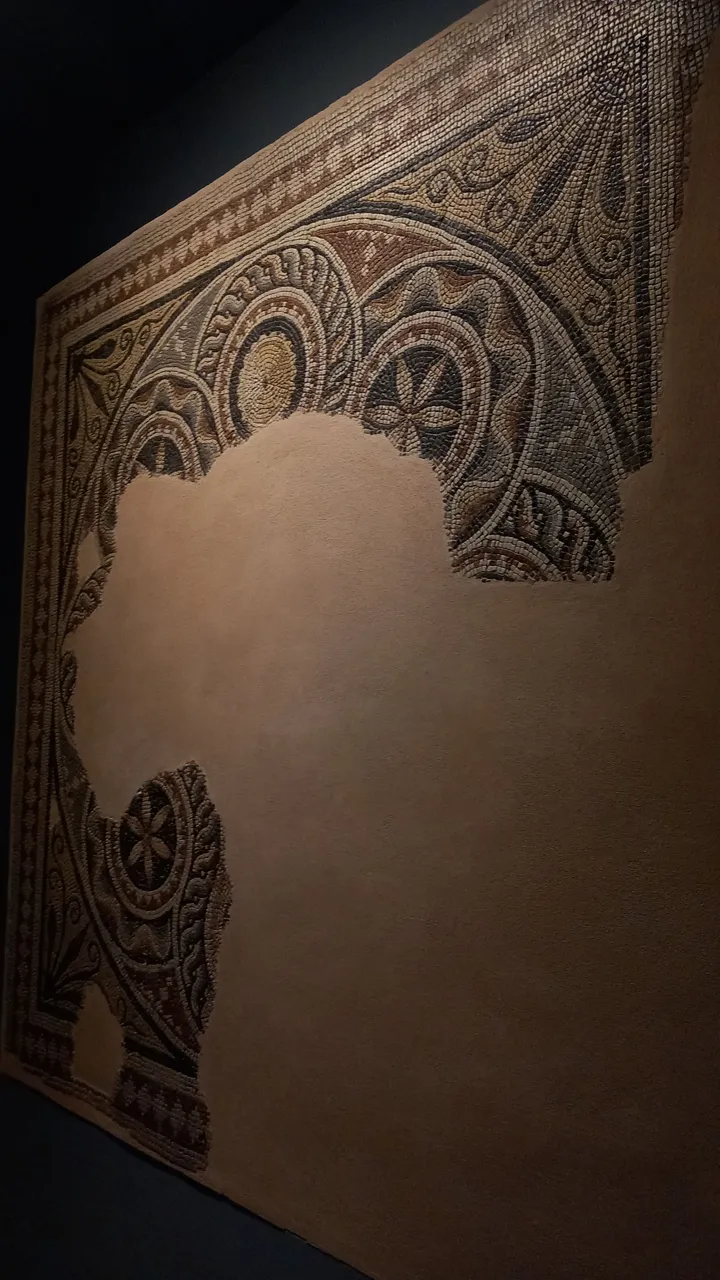
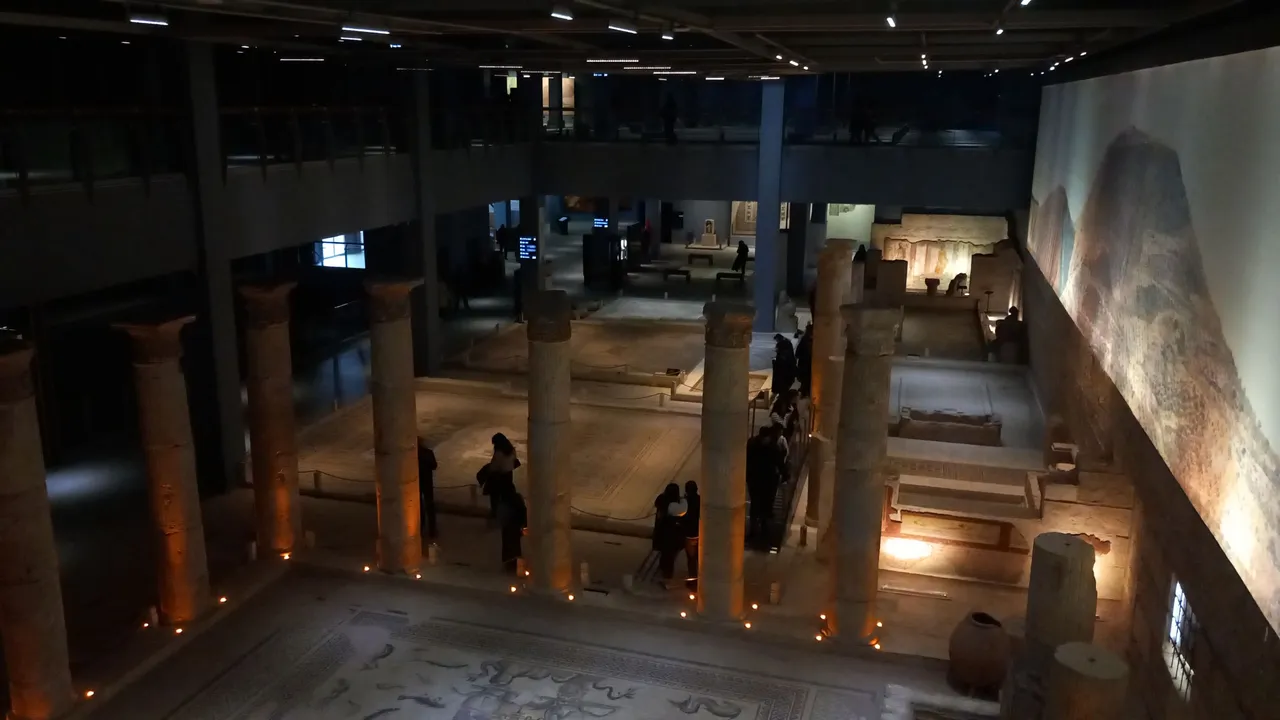
En bilinen yüz elbette ki Çingene Kızı ama ben ona Sessiz Gözlemci demeyi seviyorum. Asıl adı belki Gaia, belki Persephone. Kimse kesin bilmiyor. Ama şu kesin ki: Gözleri nereye giderseniz gidin sizi takip ediyor. Denedim ve tüylerim ürperdi bunu yaşarken. Bu bir sihir değil. Bu bir yetenek.
Uzun süre kayıptı hatta bazı parçaları yurt dışındaydı. 2018’de geri alındı. Diğerleri gibi çalamadılar bunu da, çok mutluyum bu konuda ama benim gözüm bir yandan da Bergama Kapısı'nda, parça parça götürdüler devasa kapıyı... Neyse. Şimdi neredeyse tamam. Ama bana sorarsanız, o hep tamdı. Bakışları hiç kaybolmadı.
Bazı mozaiklerde Antik Yunanca yazılar var. Kimin yaptırdığı, hangi tanrıya adandığı... Bunlar sadece sanat değil. Bunlar sonsuz birer günlük bence. Onlarca isim, onlarca tanrı ve daha nicesi. Müzenin ışığı loş. Her şey açıklanmıyor. Bazı köşeler bilerek gizemli bırakılmış. Hızlı gezmelik bir yer değil burası. Gezindikçe açılıyor.
Zeugma sadece bir sanat koleksiyonu değil. Savaşta bile güzellik vardı diyebilen bir yer. İnsanlar hep iz bırakmak istemiştir diyen bir yer. Sessizliğin de hikâyesi olurmuş dedirten bir yer. Aslında bu izlerden size göstermek istediğim daha çok var ama bu yazının sizi daha fazla sıkmasını da istemem. Bu yüzden Zeugma'ya umarım siz gidip, kendi gözlerinizle, o hayranlık ışığı yanarken, görebilirbilirsiniz. Hayran kalınmayacak bir yer değil.
Şimdilik benden bu kadar çünkü Zeugma'nın güzelliğini hatırladıkça tekrar orada olma isteğime engel olamıyorum ve gidemeyeceğim için de üzülüyorum. Sonra görüşmek üzere. Kendinize dikkat edin, sağlık ve sevgiyle kalın ve lütfen unutmayın ki;
Bu dünyada sizden başka bir tane daha yok.

From All Over Türkiye 38: The First Grand National Assembly of Türkiye
From All Over Türkiye 37: Roman Baths and Open Air Museum
From All Over Türkiye 36: The Museum of Anatolian Civilizations
From All Over Türkiye 35: Anıtkabir, Atatürk's Mausoleum
From All Over Türkiye 34: Duatepe, last stand of Ankara
From All Over Türkiye 33: Gordion, Tomb of King Midas with Donkey Ears
From All Over Türkiye 32: Eldem, The labour of your hand, the apple of your eye
From All Over Türkiye 31: Eskişehir Hamam Museum
From All Over Türkiye 30: Contemporary Glass Arts Museum, Eskişehir
All of my content is written in Turkish first and then with the help of translators and dictionaries below translated in English.
https://www.seslisozluk.net P.S. If you know English AND Turkish, I do that too... If you see a translation discrepancy that was on purpose. I did think this is as proper as I could do. Because there are many differences between these languages.
Not: Hem Türkçe hem de İngilizce biliyorsanız, ben de biliyorum... Eğer çeviri farklılığı görürseniz bunun bilinçli olduğunu bilin lütfen. Bunu yapabileceğim en uygun şekilde yaptığımı düşünüyorum. Çünkü bu iki dil arasında çok fazla fark var.
https://www.deepl.com/translator